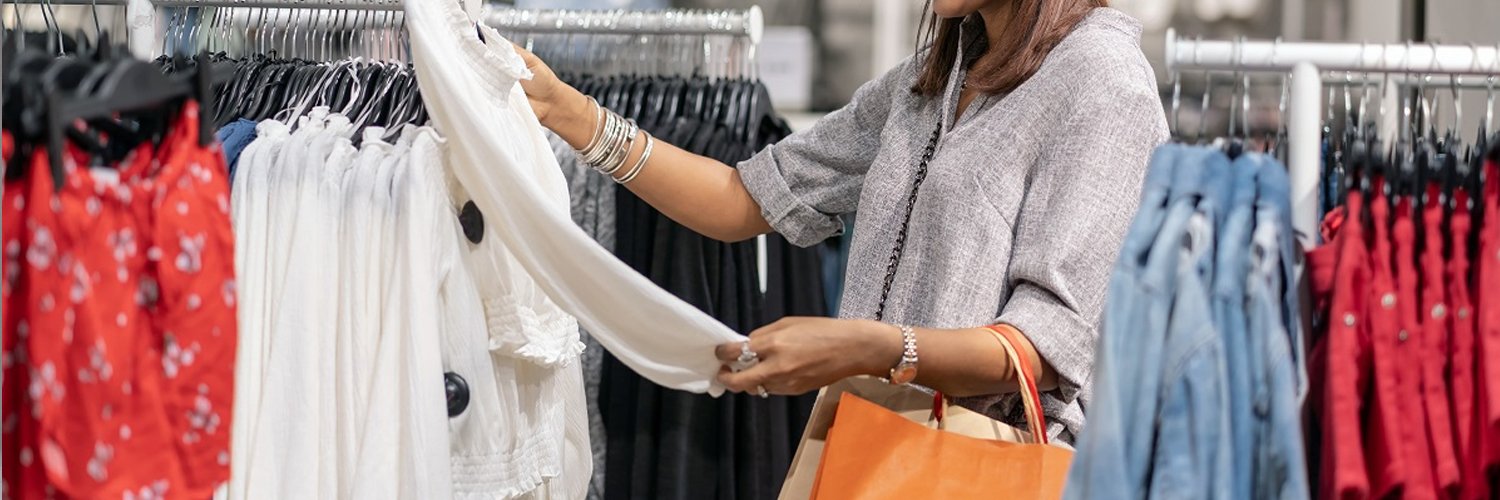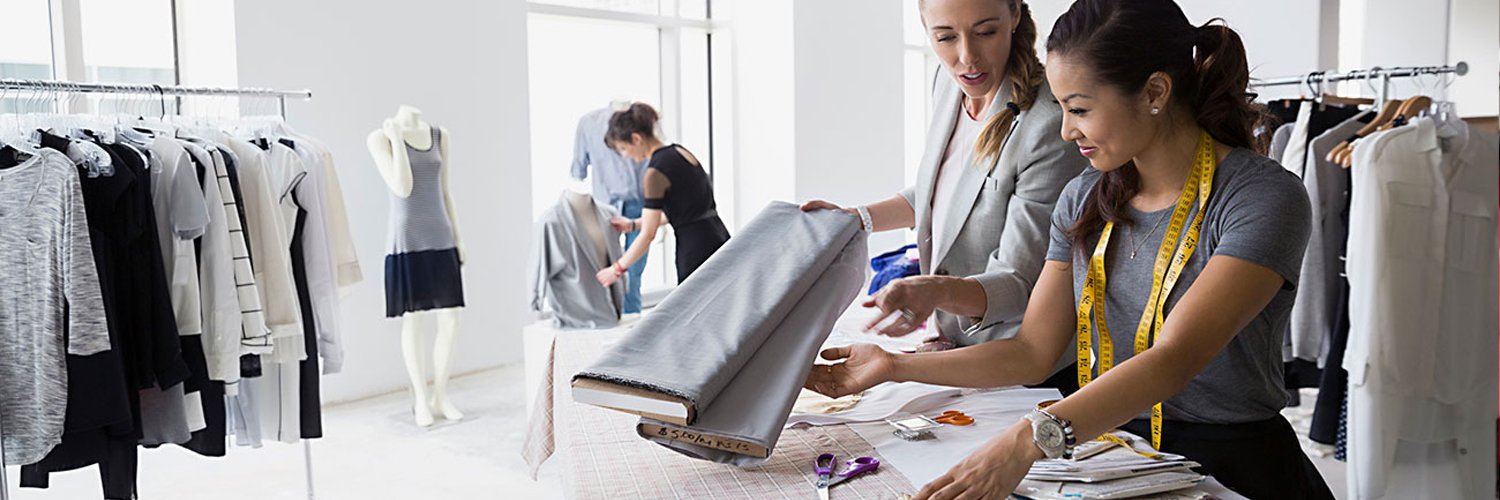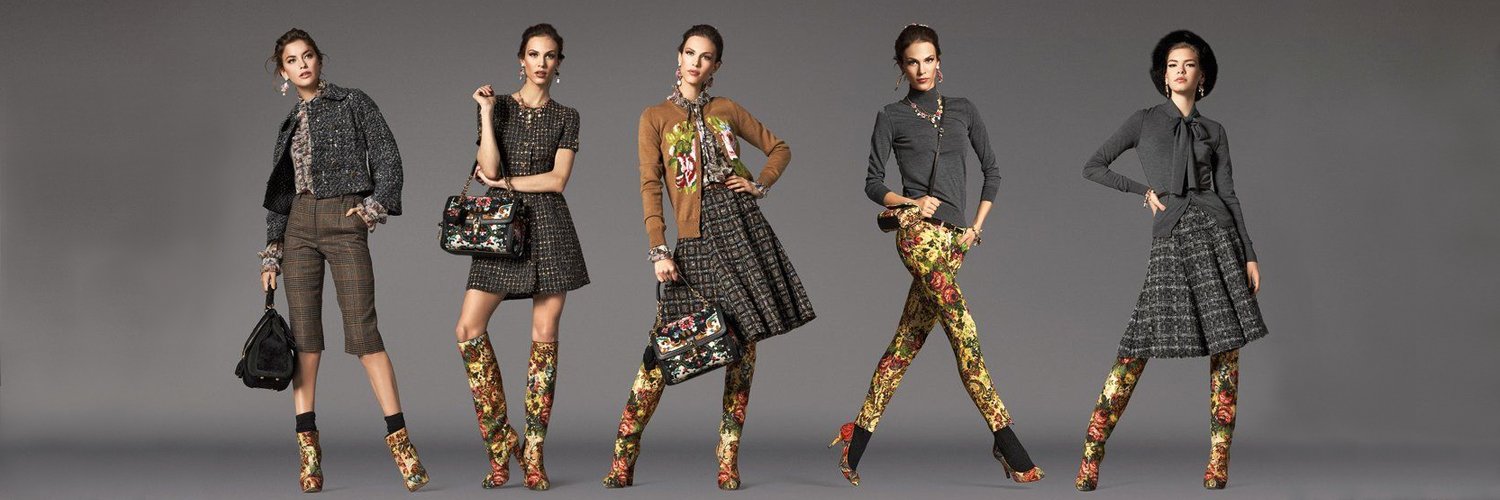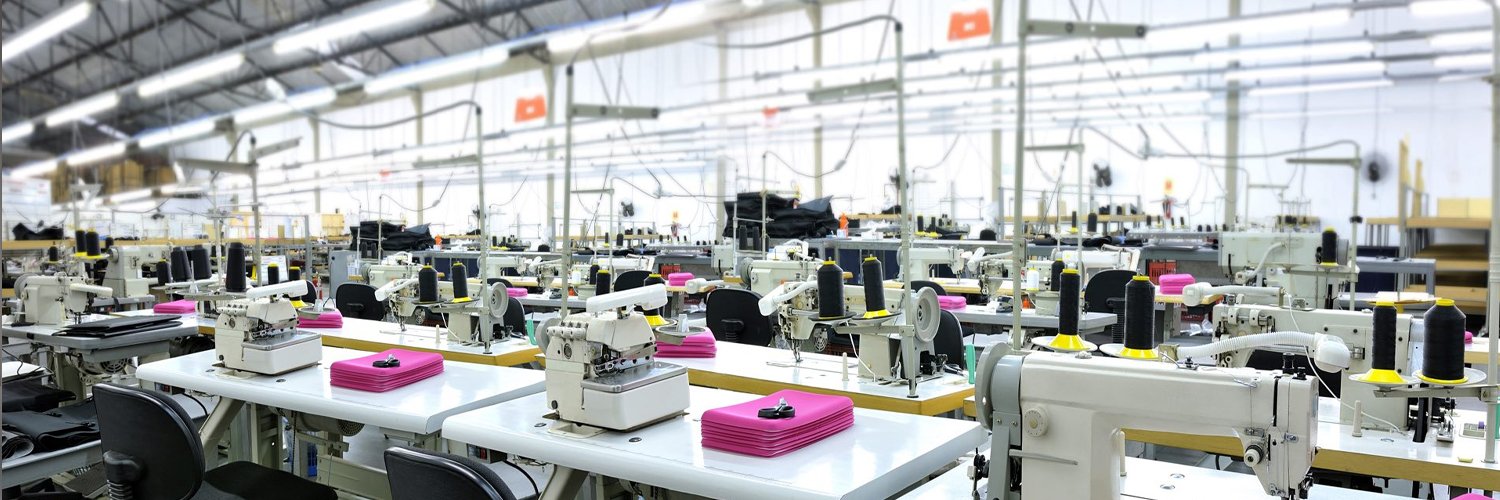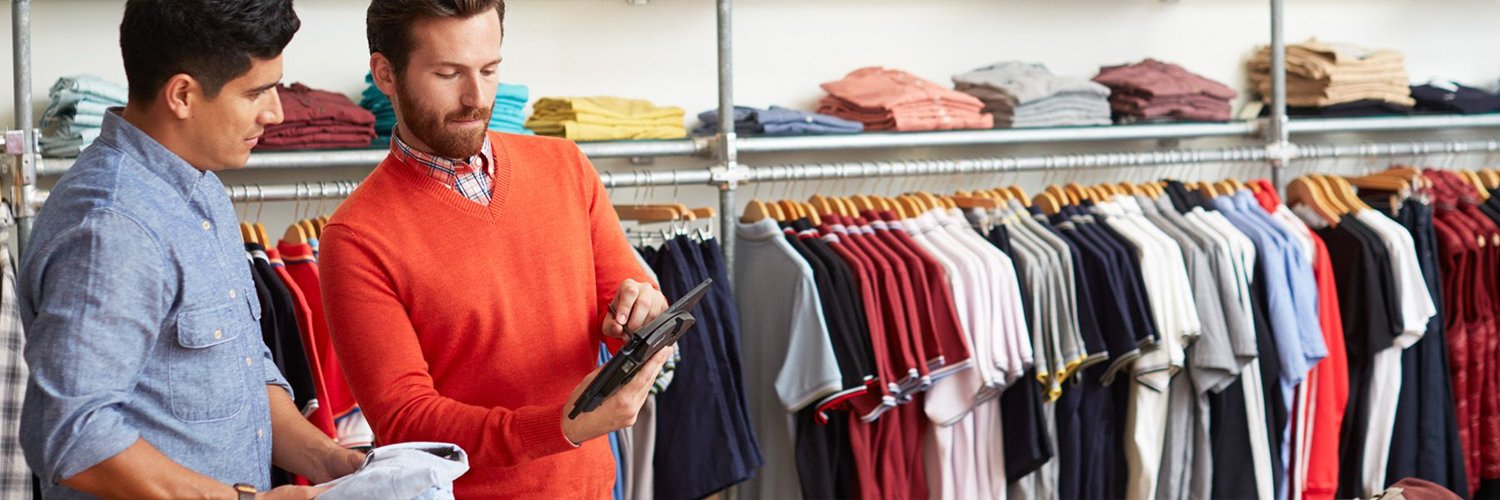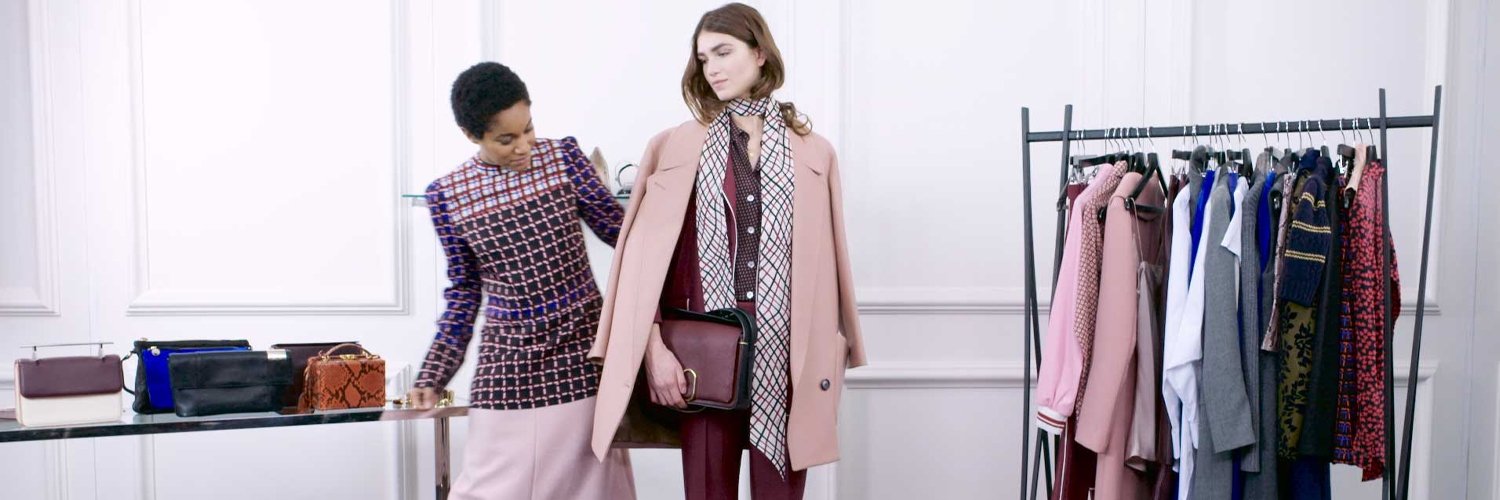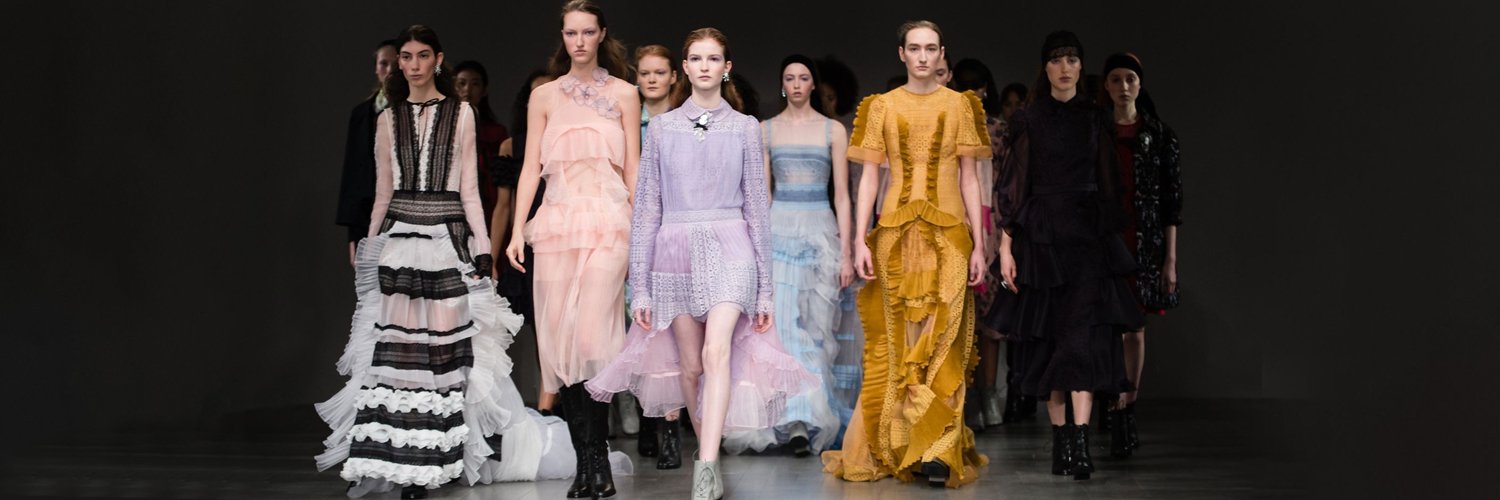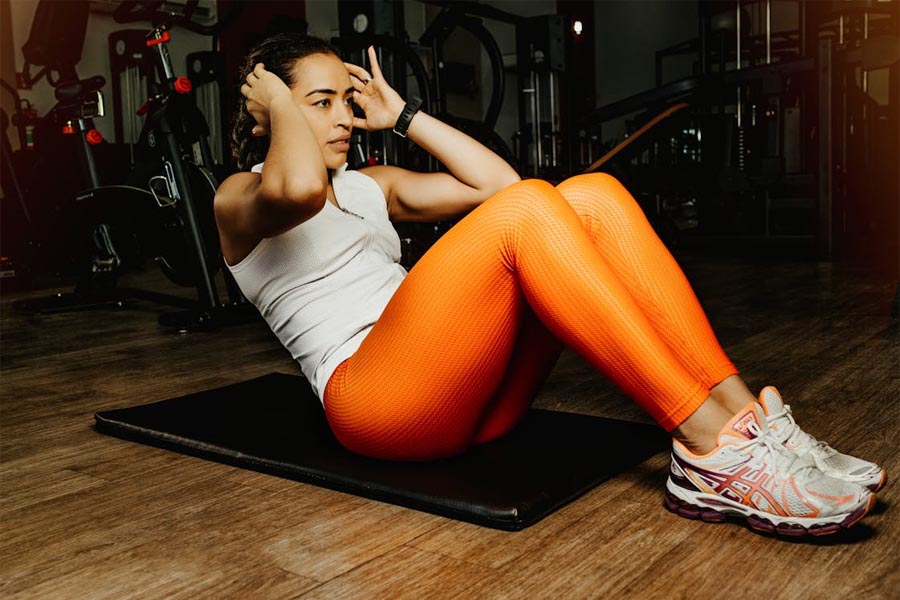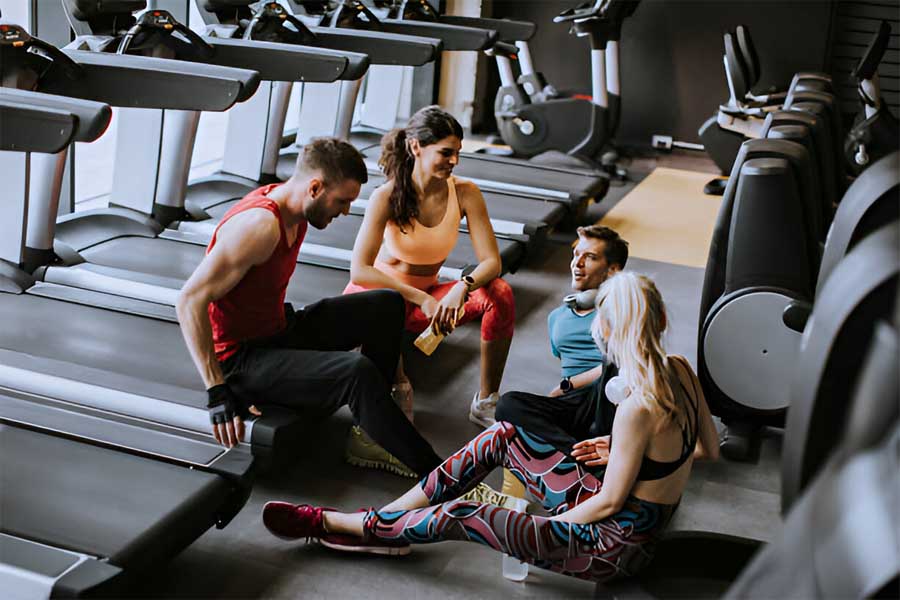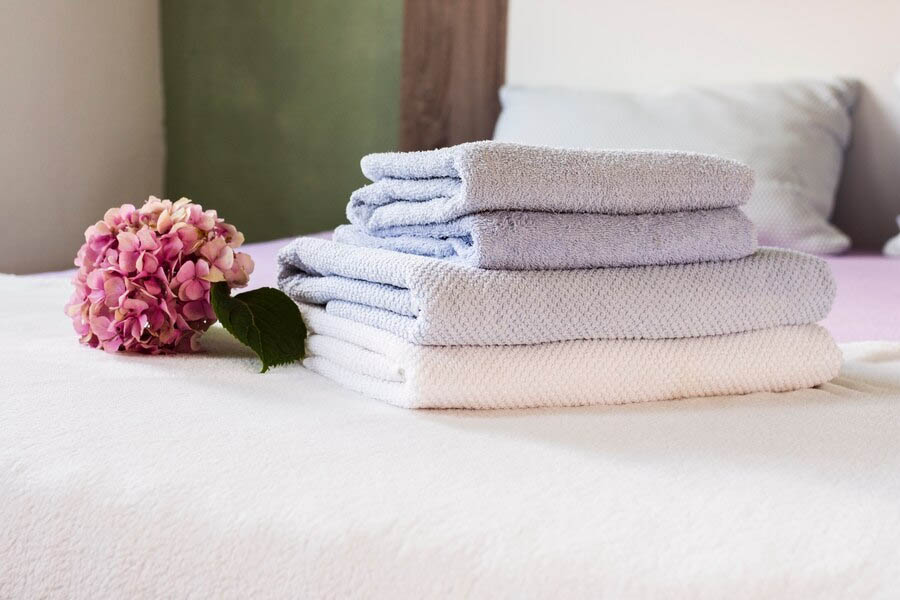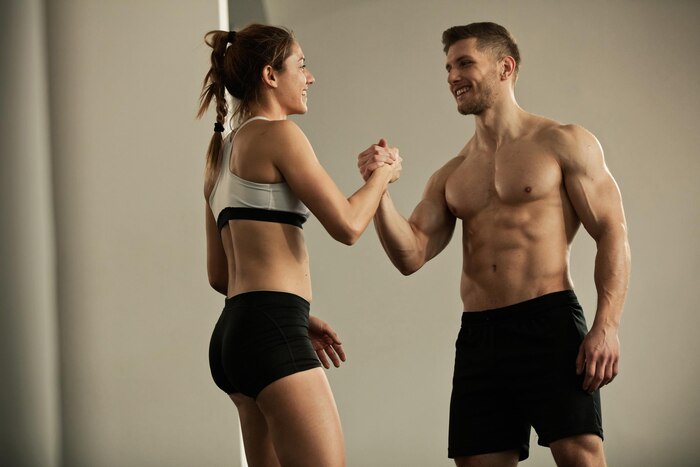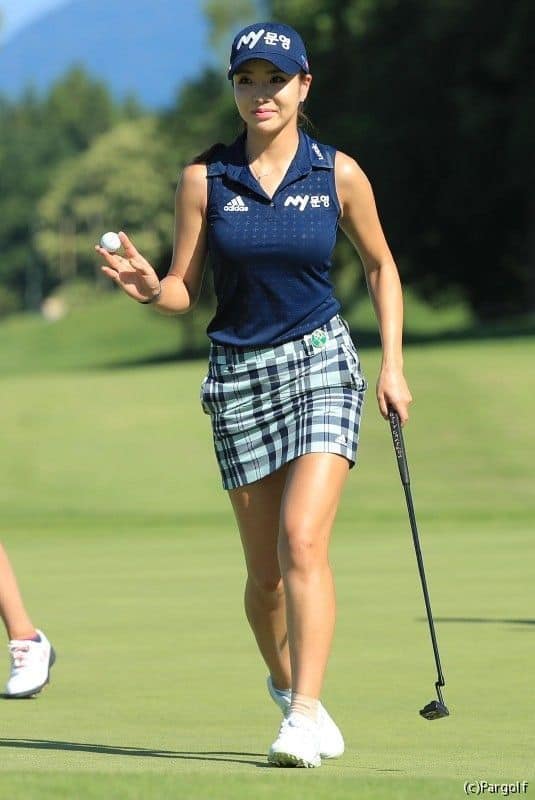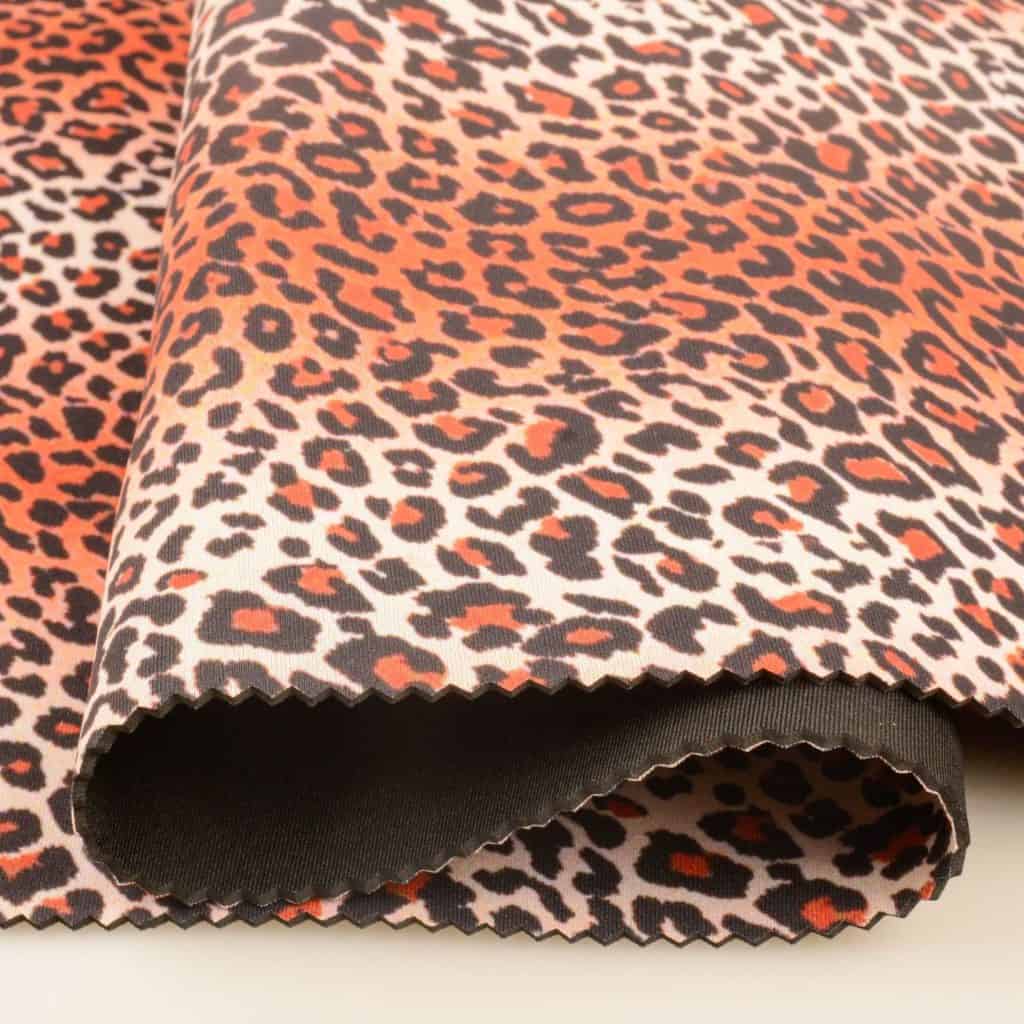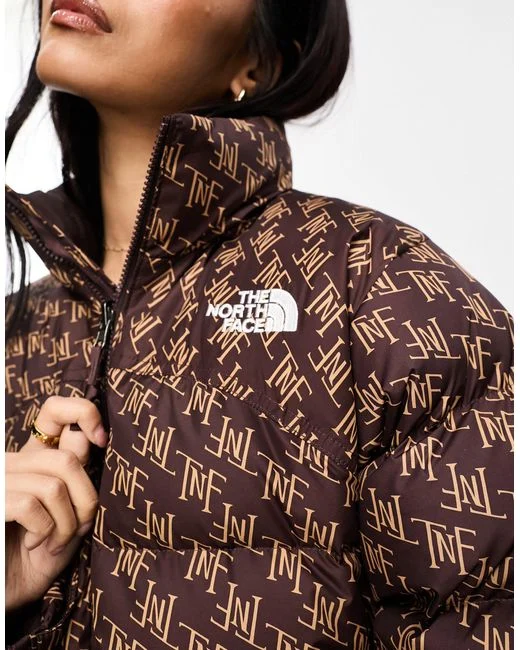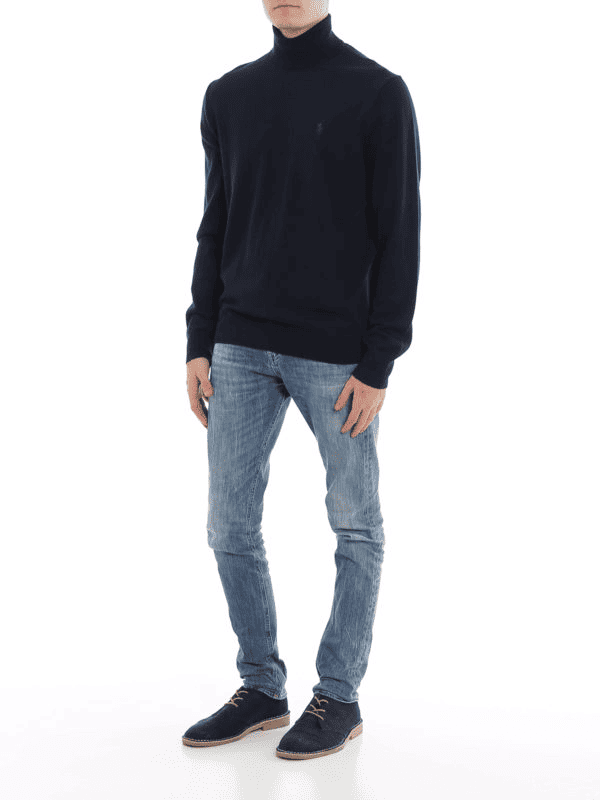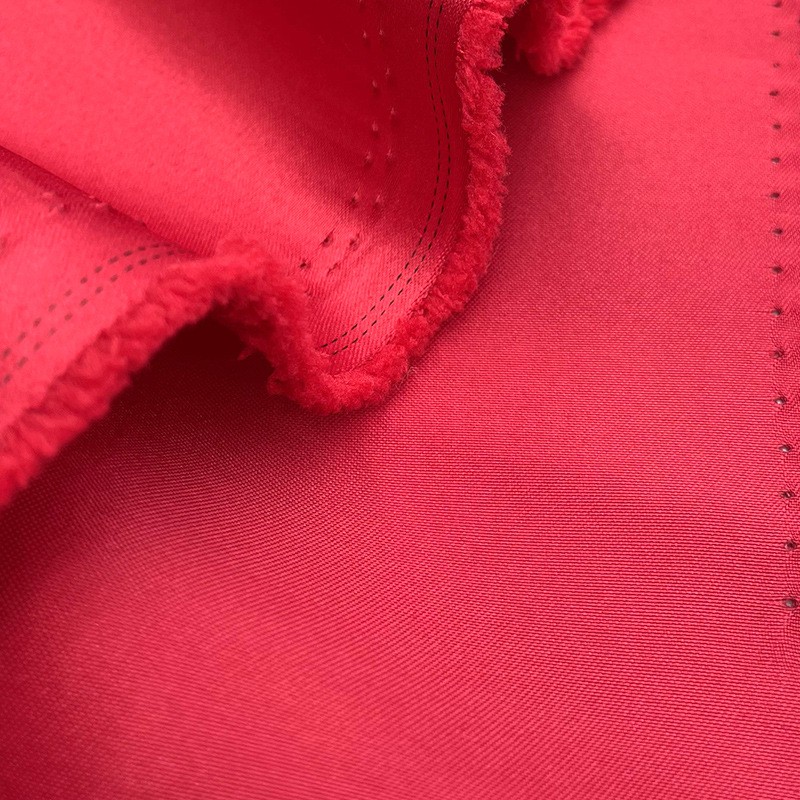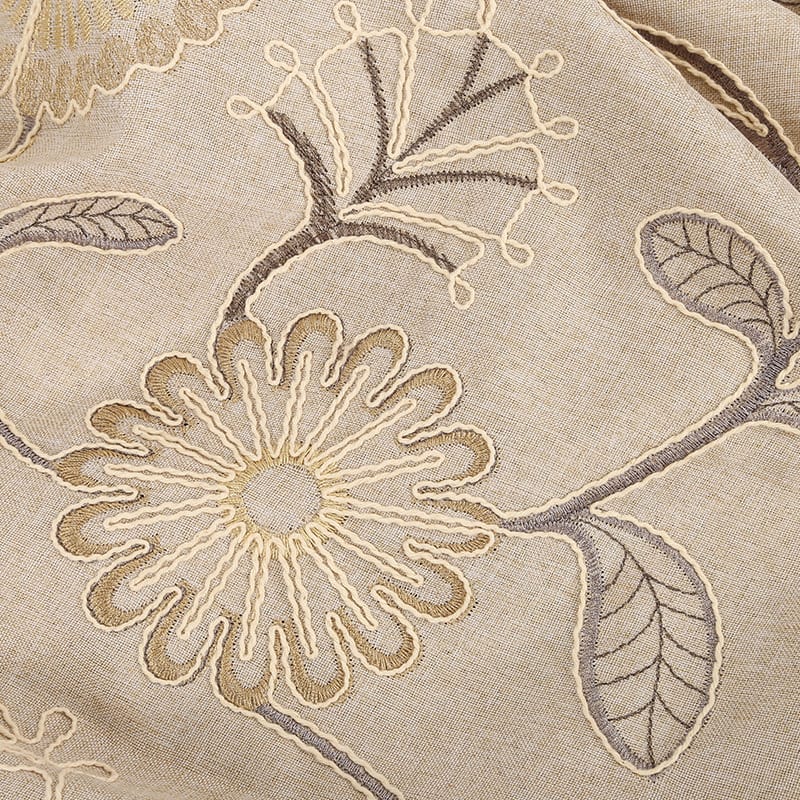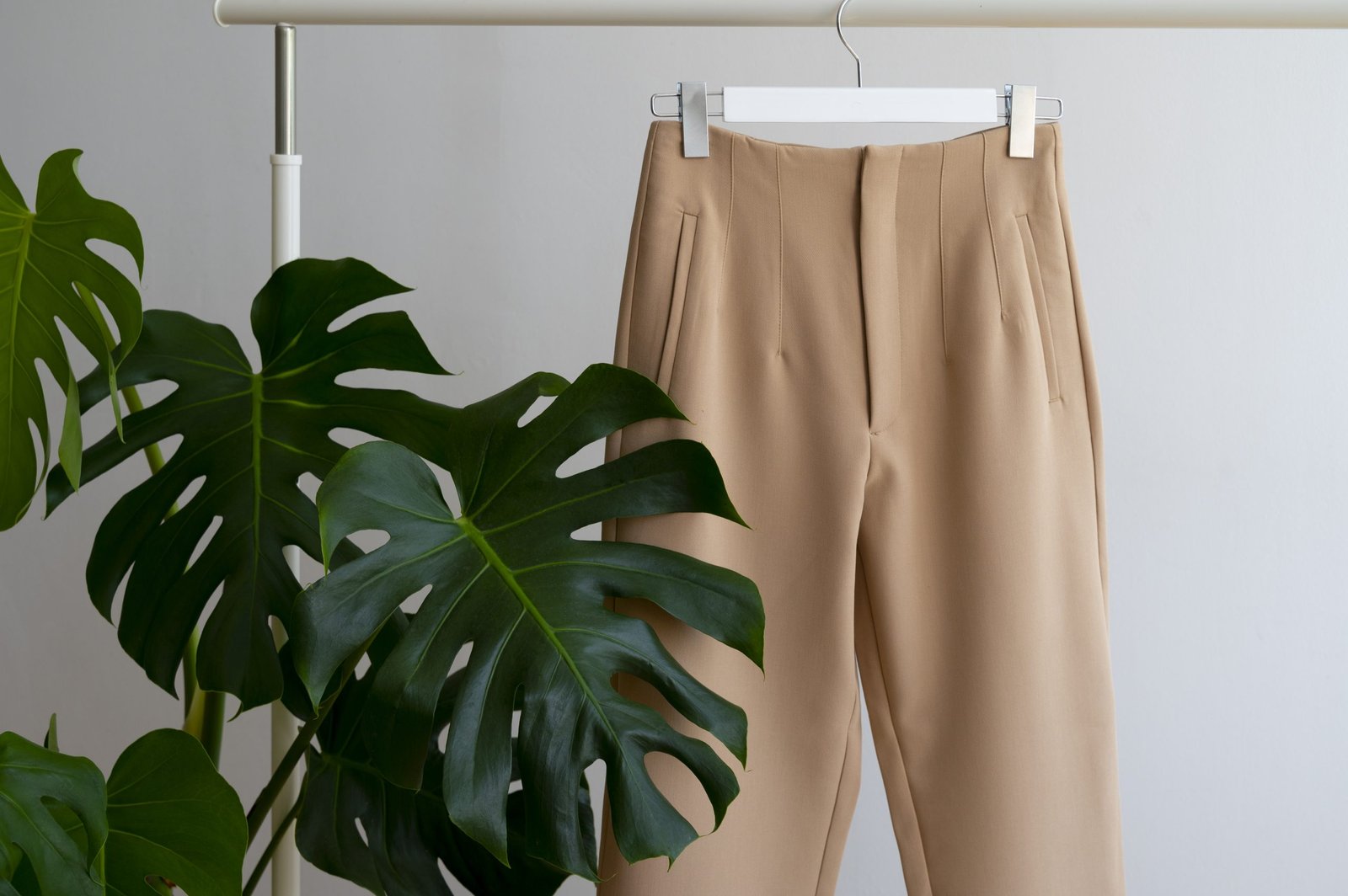
Casual trousers are the workhorses of any wardrobe, embodying both comfort and style. They’re incredibly versatile, transitioning seamlessly from dressed-up occasions to relaxed settings. We all love a great pair of casual trousers, but have you considered what goes into making them?
Trouser manufacturing is an art, a science, and a business all rolled into one. It’s about choosing the right materials, creating a well-fitting pattern, and ensuring a quality construction process. This guide will give you, the designer or clothing brand, all the information you need to navigate the world of casual trouser manufacturing.
Understanding Trouser Manufacturing
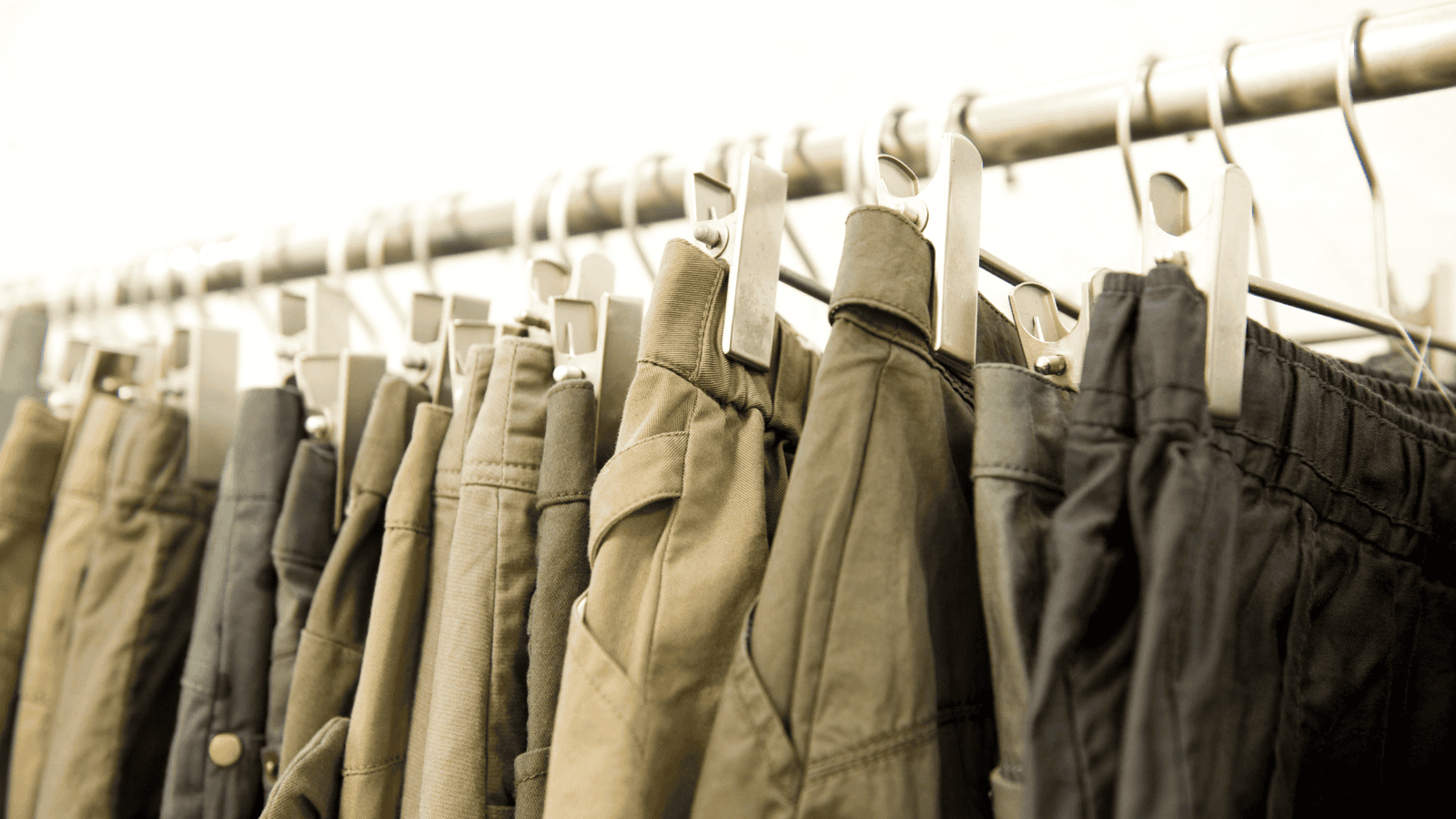
This intricate process involves a symphony of skilled professionals, cutting-edge technology, and of course, the perfect materials. From the initial selection of yarns to the final quality check, every step plays a crucial role in the quality and functionality of the finished product. Let’s take a closer look at the fascinating journey behind your favorite pair of casual trousers:
1. Fabric Selection
The foundation of any great pair of trousers starts with the fabric. We work closely with fabric suppliers to select materials that not only look fantastic but also provide the desired comfort, breathability, and movement for the intended style.
2. Pattern Making
Once the fabric is chosen, a skilled pattern maker translates the designer’s vision into a precise blueprint. This pattern considers factors like fit, drape, and ease of movement. Experienced pattern makers may even create multiple prototypes to ensure a perfect fit before moving on to production.
3. Cutting
Utilizing the finalized pattern, skilled technicians meticulously cut the fabric pieces in bulk. Modern technology like laser cutting ensures precise shapes and minimizes fabric waste.
4. Assembly Line Production
Mass-produced or not, a dedicated assembly line brings the various fabric pieces together. Trained sewing machine operators meticulously assemble the trousers, incorporating details like pockets, zippers, and waistbands. Quality checks are performed throughout the process to ensure flawless construction.
5. Finishing Touches
After assembly, the trousers undergo a series of finishing processes like washing, pressing, and trimming any loose threads. This ensures a polished and professional look for the final product.
6. Quality Control
Before making their way to you, each pair of trousers undergoes a rigorous final inspection. This ensures they meet our high standards for quality, fit, and construction.
Designing the Perfect Trouser
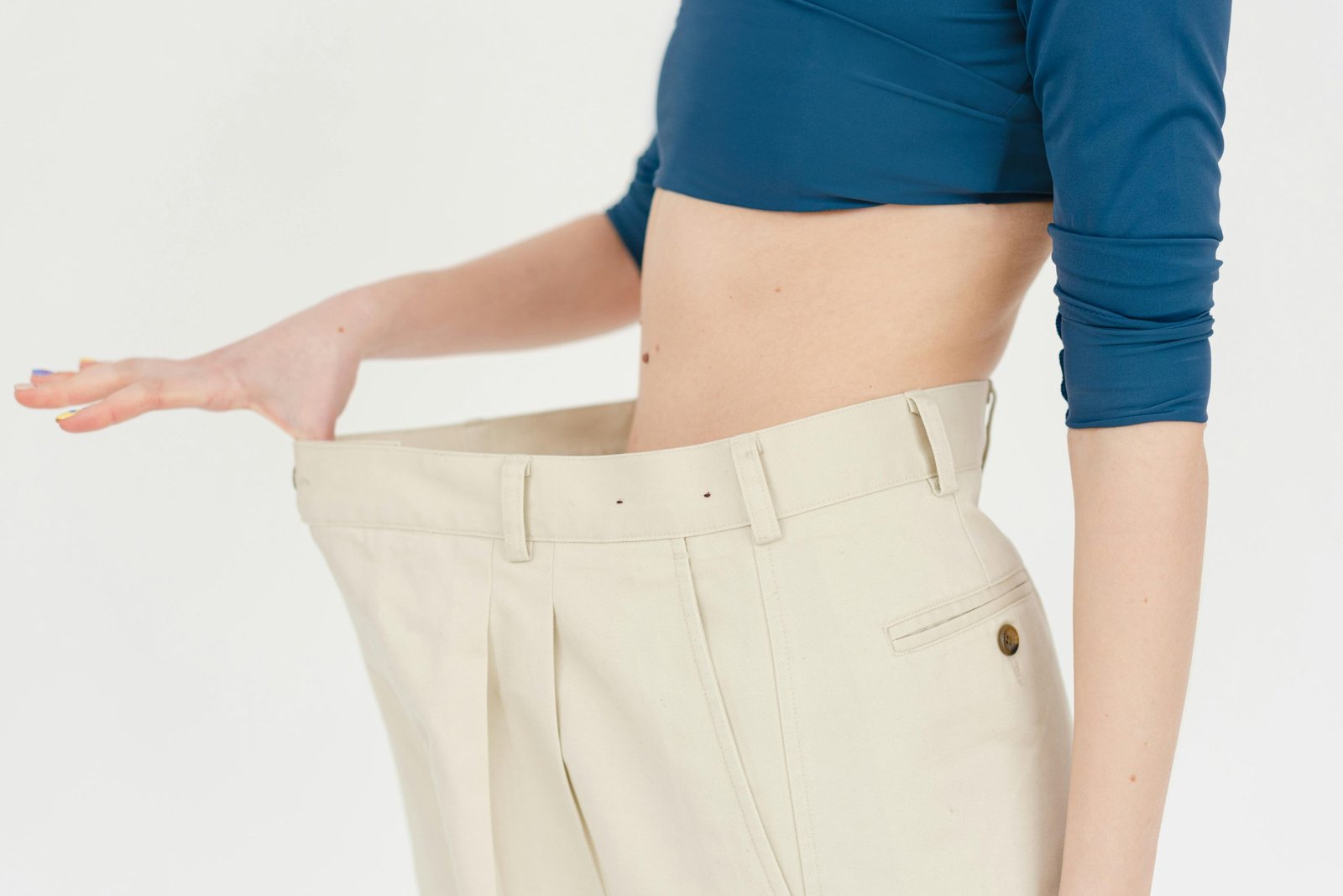
Source: Pexels
The journey of a great pair of trousers begins with a vision. Designers set goals, brainstorm ideas, and find inspiration from current trends or timeless classics. They can choose to design the trouser themselves, utilize a pre-existing template, or collaborate with a professional designer. Once the design is finalized, the manufacturing process transforms the vision into reality.
Steps on designing a trouser
Here’s a peek behind the curtain of trouser design:
1. Set Goals and Find Inspiration
What kind of look are you trying to achieve? Relaxed and comfy, or chic and tailored? Look at current trends, classic styles, or even vintage pieces for inspiration.
2. Design It Yourself or Find Help
Feeling creative? You can sketch your design! If you need a starting point, consider using a pre-made template or collaborating with a professional designer.
3. From Design to Production
Once your design is finalized, it’s time to choose the perfect fabric and work with a trouser manufacturer to bring your vision to life!
Types of Trouser
Now that you have your design in mind, let’s explore the exciting world of trouser styles.
For Women:
A well-stocked wardrobe needs a variety of trouser silhouettes. Here are a few popular choices specifically for women’s casual trousers:
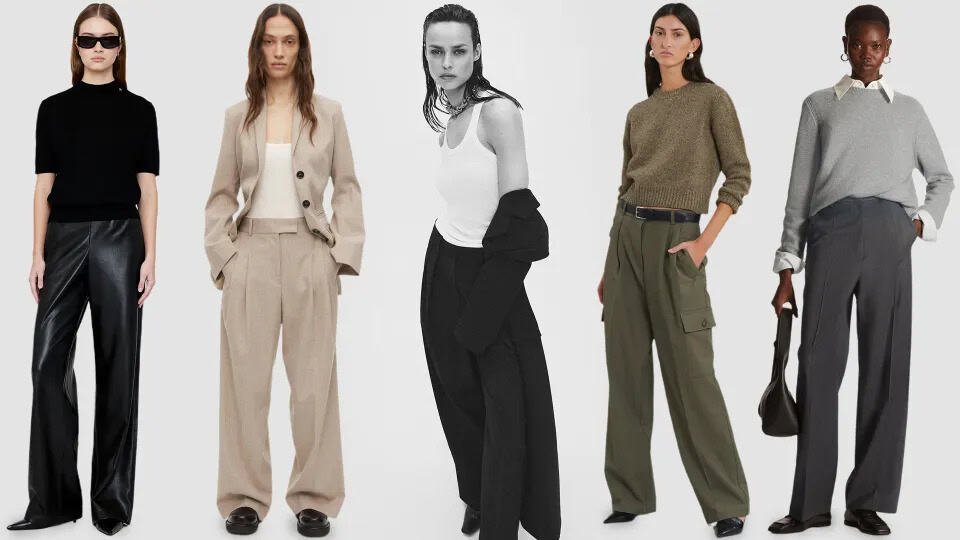
Source: Vogue
-
Straight-leg trousers
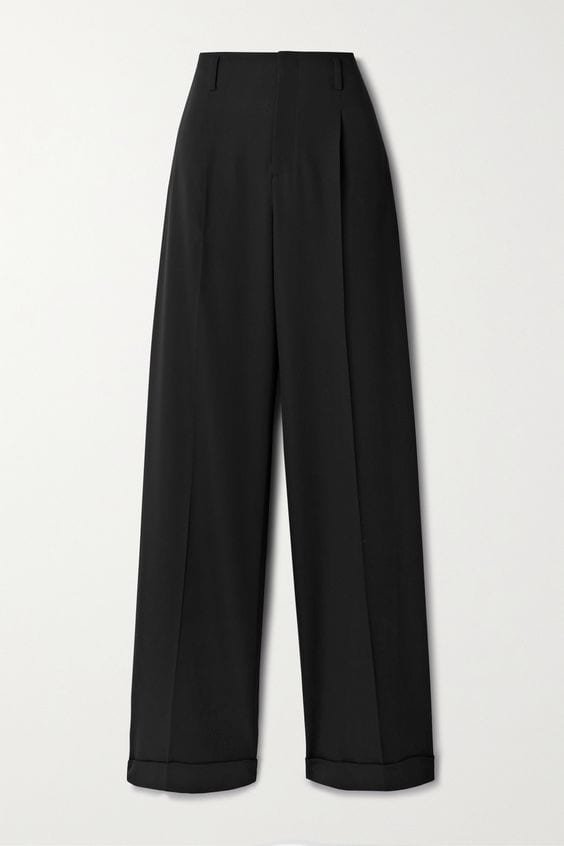
Source: Pinterest
A timeless classic, offering a clean and flattering silhouette.
-
Flared trousers
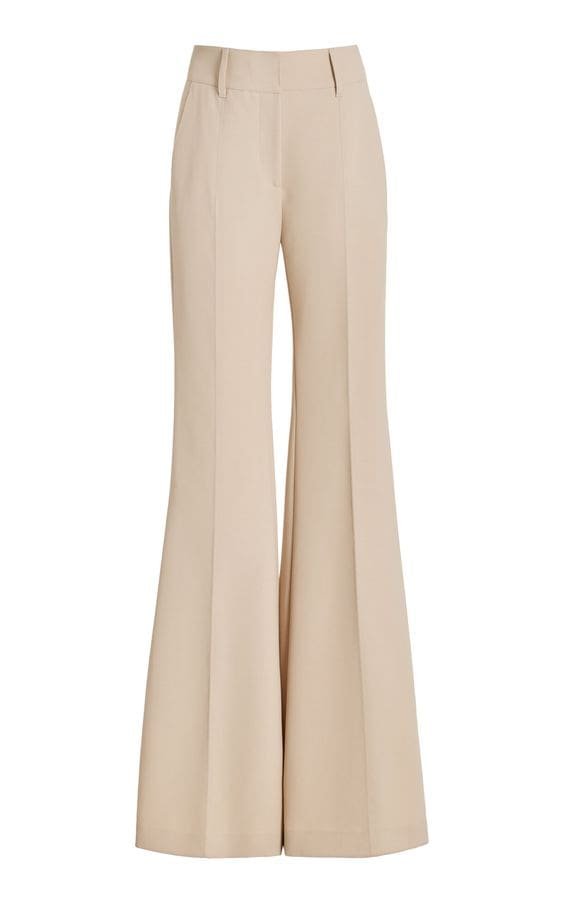
Source: Pinterest
Offering a touch of retro flair, these trousers widen from the knee down.
-
Paperbag trousers
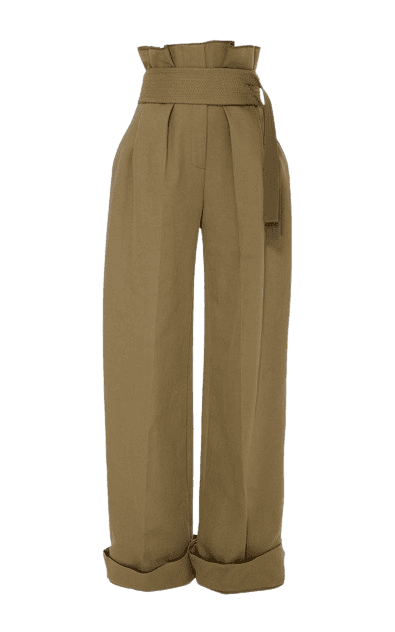
Source: Pinterest
With a high, cinched waist and relaxed fit, paperbag trousers offer a comfortable and chic option.
-
High-waist trousers
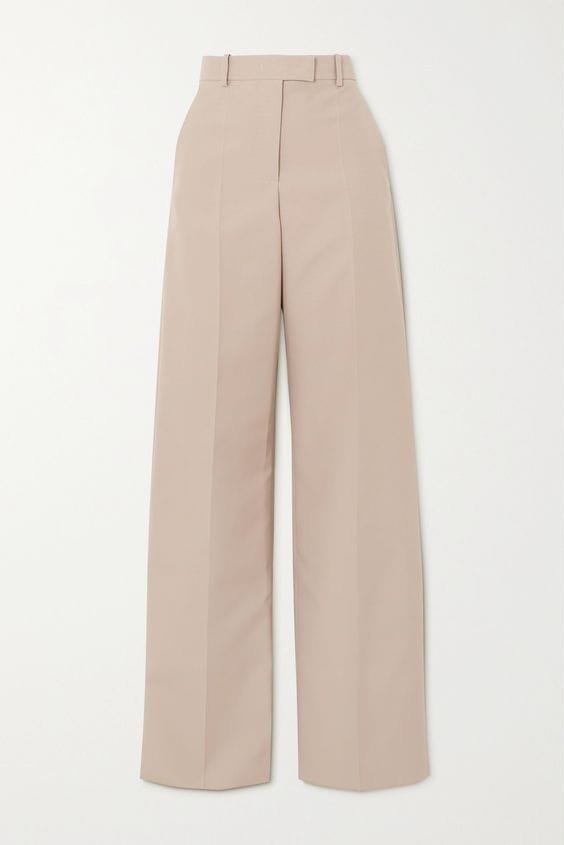
Source: Pinterest
These elongating trousers sit at the natural waistline, creating a polished look.
-
Leather trousers
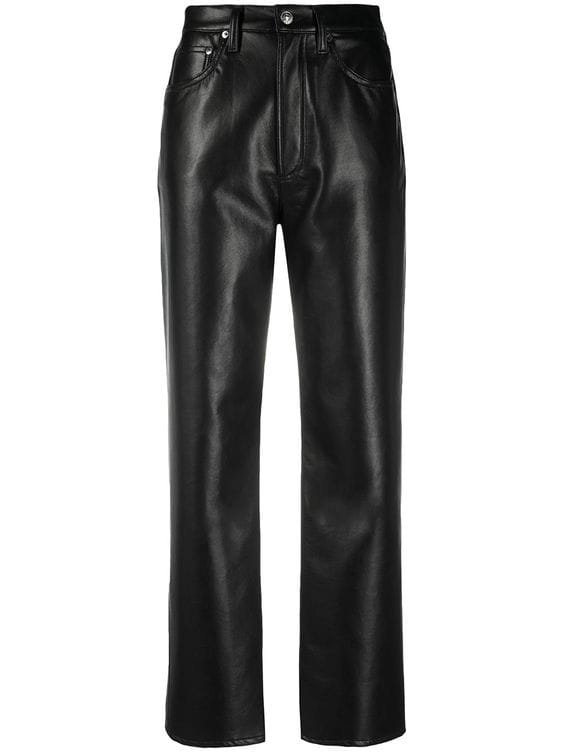
Source: Pinterest
Adding a touch of edge and sophistication, leather trousers offer a unique and stylish option for a night out or a statement piece.
-
Wide-leg trousers
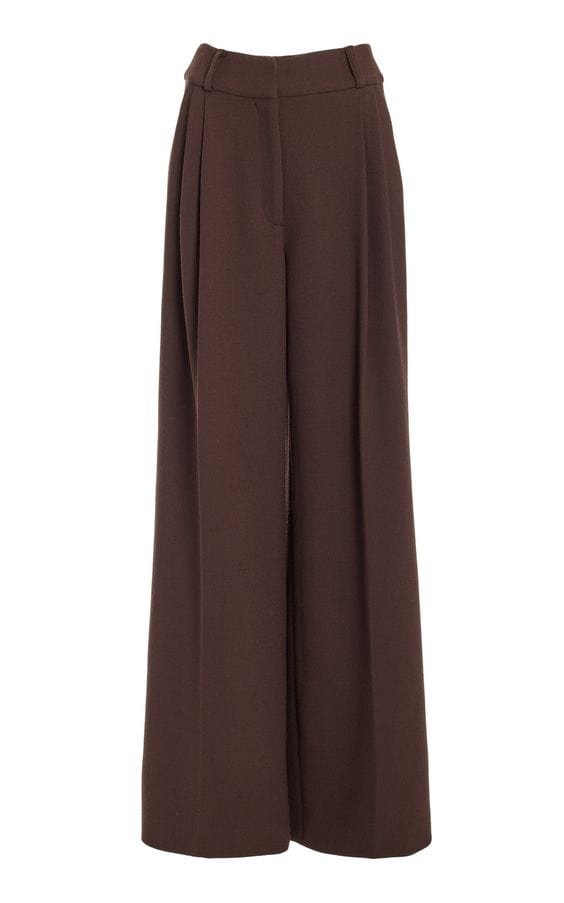
Source: Pinterest
Flowy and comfortable, wide-leg trousers provide a breezy feel and create a dramatic silhouette. They pair well with fitted tops or tucked-in blouses.
-
Palazzo pants
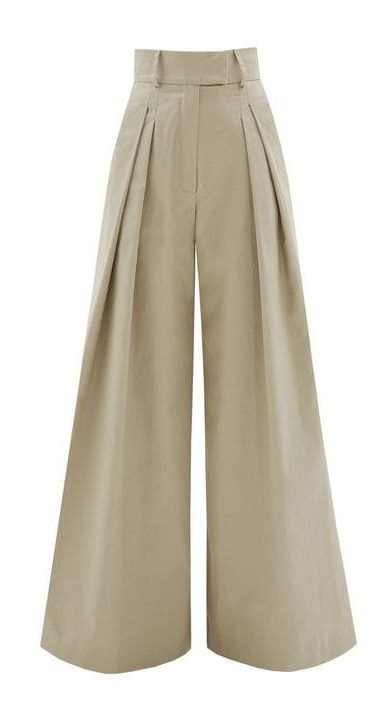
Source: Pinterest
Offering a luxurious and flowy silhouette, palazzo pants make a statement. They pair well with fitted tops and heels for a dressy look
For Men:
Men’s casual trousers come in a variety of styles to suit any occasion:
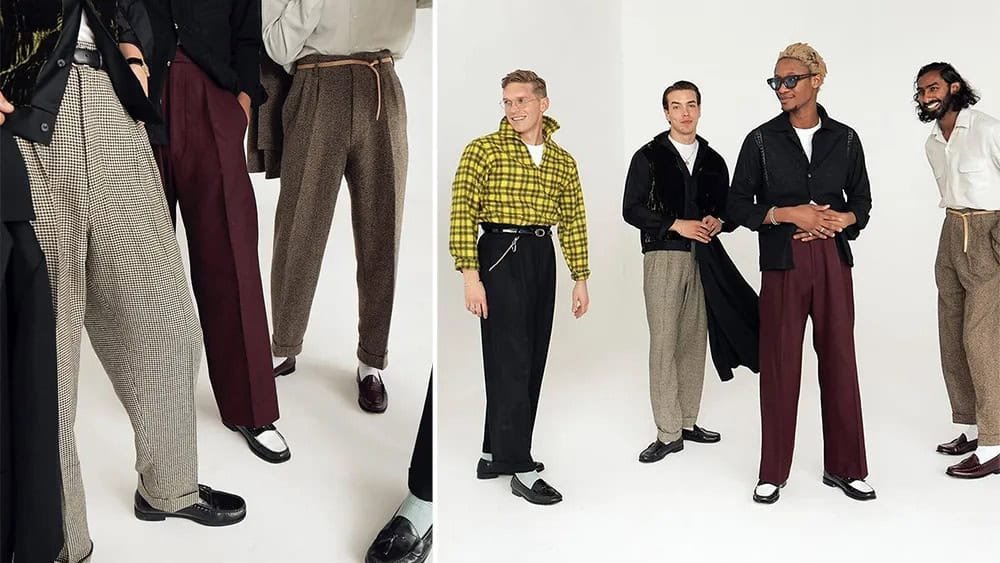
Source: Robb Report
-
Relaxed-legged trousers
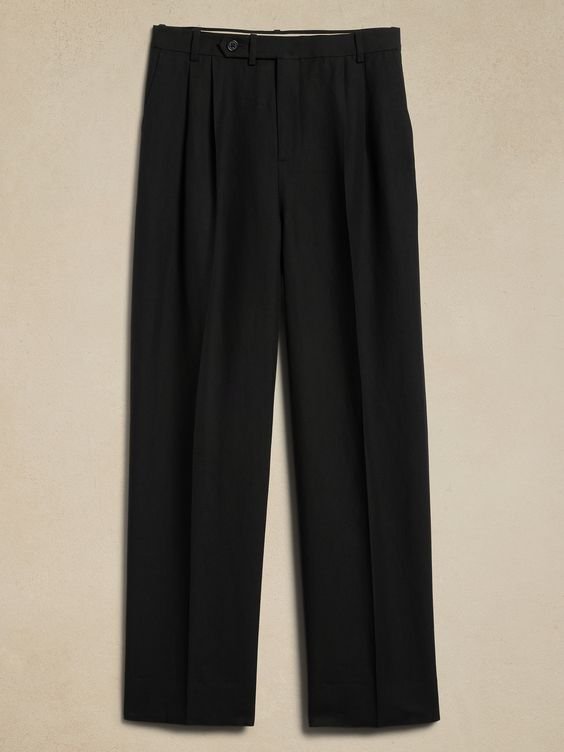
Source: Pinterest
Offering a comfortable and effortless look, these trousers have a looser fit through the leg.
-
Linen trousers
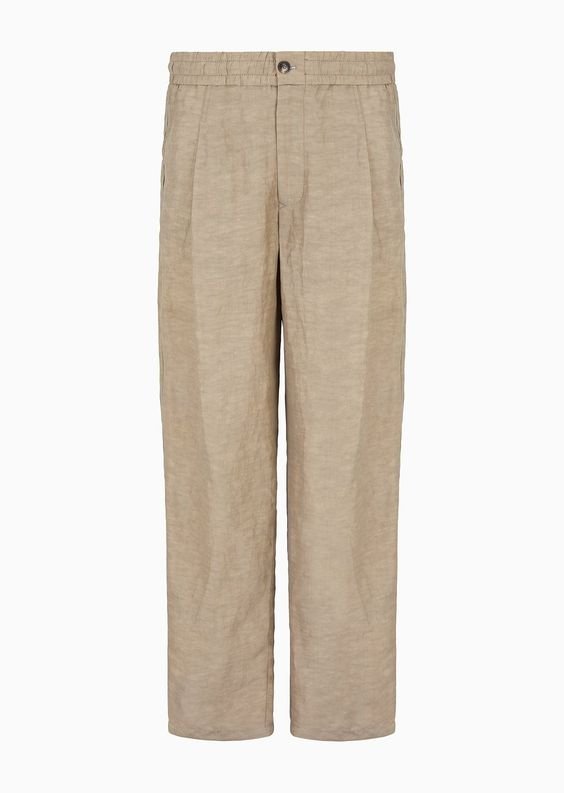
Source: Pinterest
Perfect for warmer weather, linen trousers are lightweight and breathable.
-
Drawstring trousers
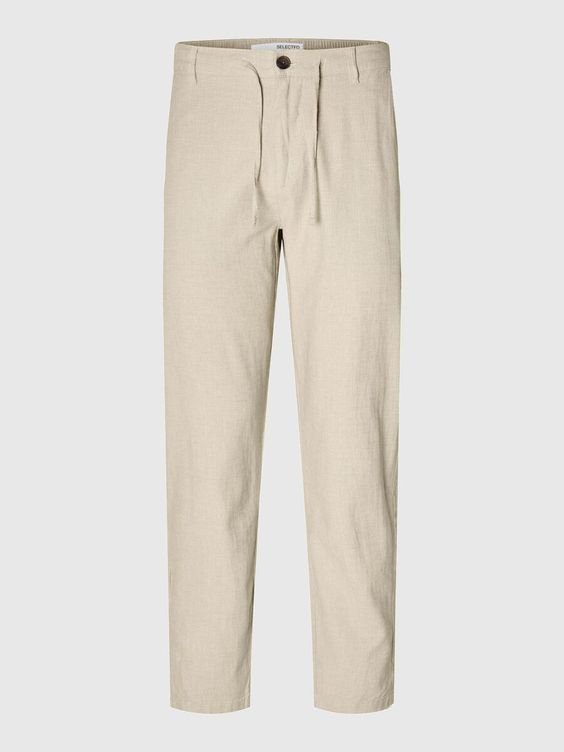
Source: Pinterest
Offering ultimate comfort with an adjustable waist, drawstring trousers are a great choice for lounging or running errands.
-
Cropped trousers
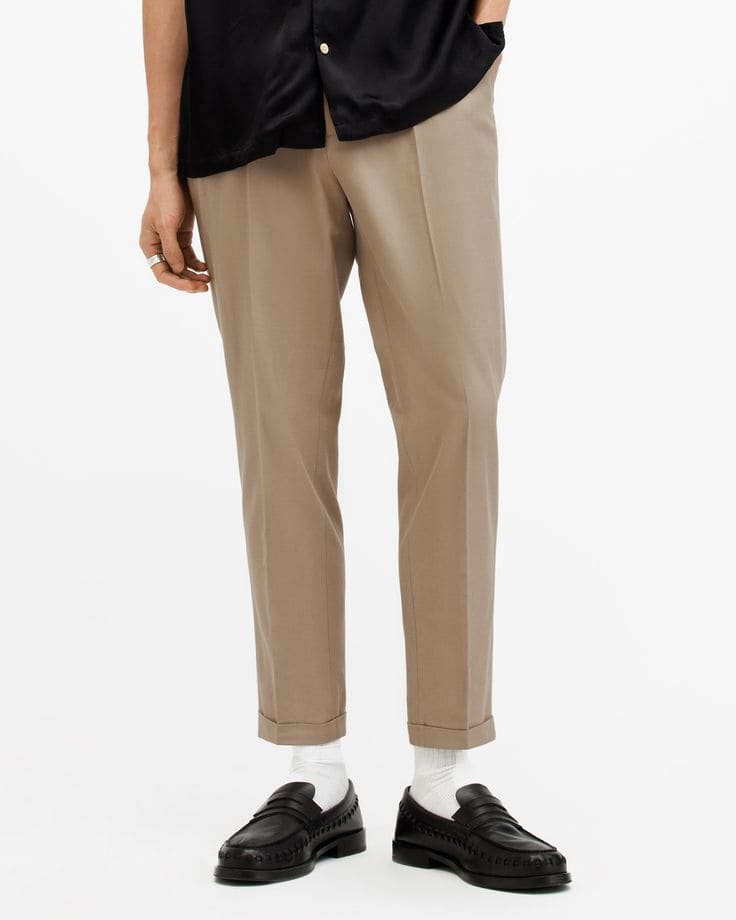
Source: Pinterest
These shorter-length trousers offer a cool and contemporary look, perfect for pairing with sneakers or loafers.
-
Cargo trousers
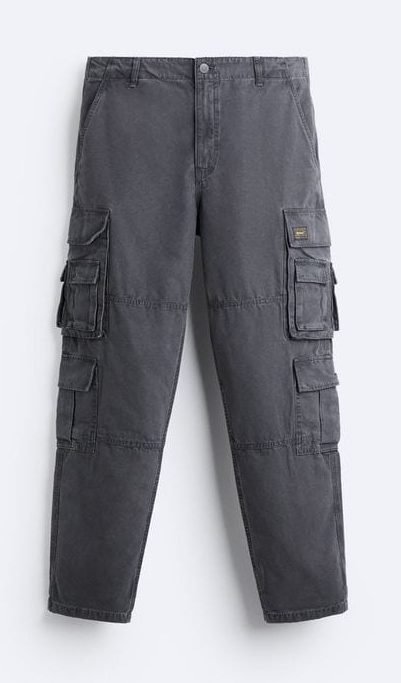
Source: Pinterest
Characterized by large utility pockets on the legs, cargo trousers offer a functional and stylish option for casual wear.
-
Pleated trousers

Source: Pinterest
These trousers feature folds at the front waistband, adding a touch of formality to a casual look.
-
Corduroy trousers
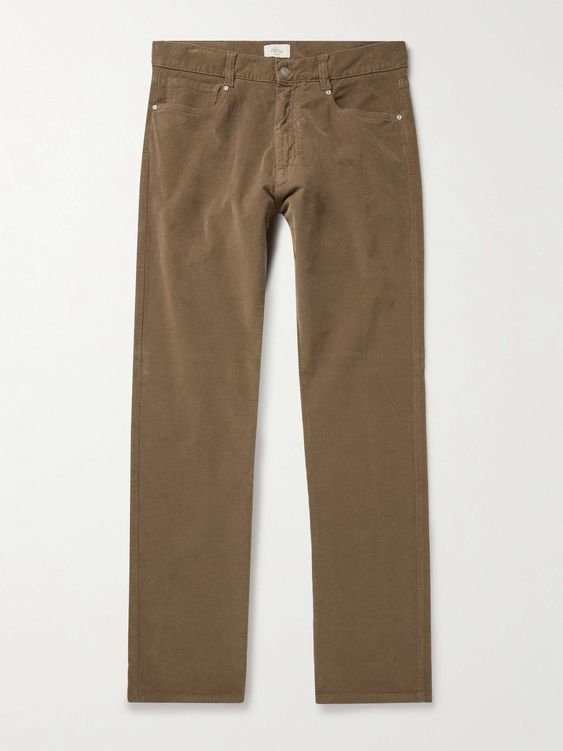
Source: Pinterest
Corduroy offers a unique texture and warmth, making corduroy trousers a comfortable and stylish choice for cooler weather
These are just a few examples, and the possibilities are endless! Choosing the right type of trouser depends on your design goals and the overall look you’re aiming to achieve.
Anatomy of Garment
Now that we’ve explored the world of trouser design and manufacturing, let’s take a closer look at the individual components that come together to create your favorite pair of trousers. Understanding these parts is essential for designers who want to create functional and stylish pieces.
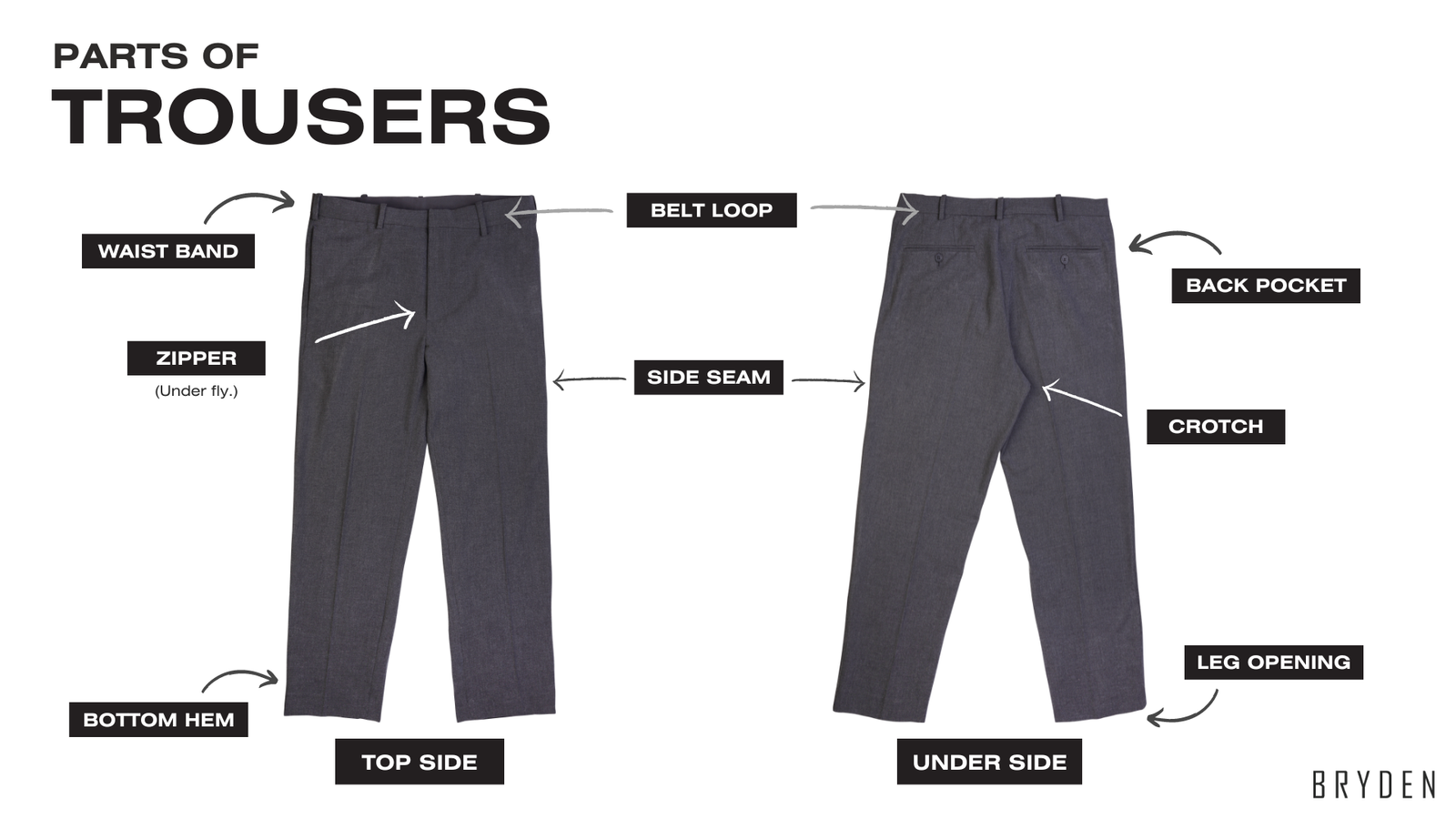
What are the parts of the trousers?
Each element of the trousers plays a crucial role. Here’s a breakdown of the essential parts:
-
Waistband
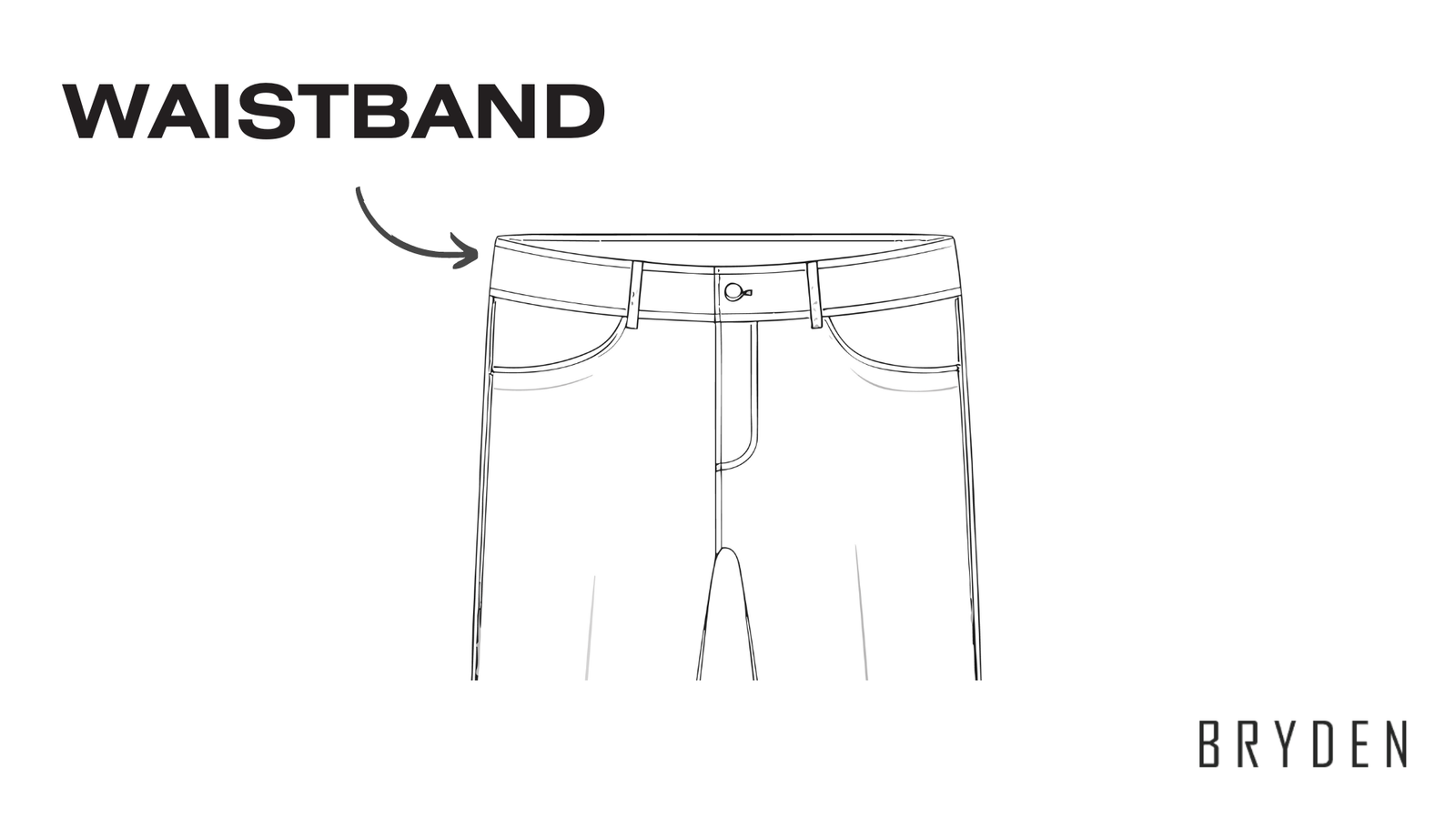
This sits at the top of the trousers and provides structure and support. It can be elasticated or have belt loops for added adjustability.
-
Pockets
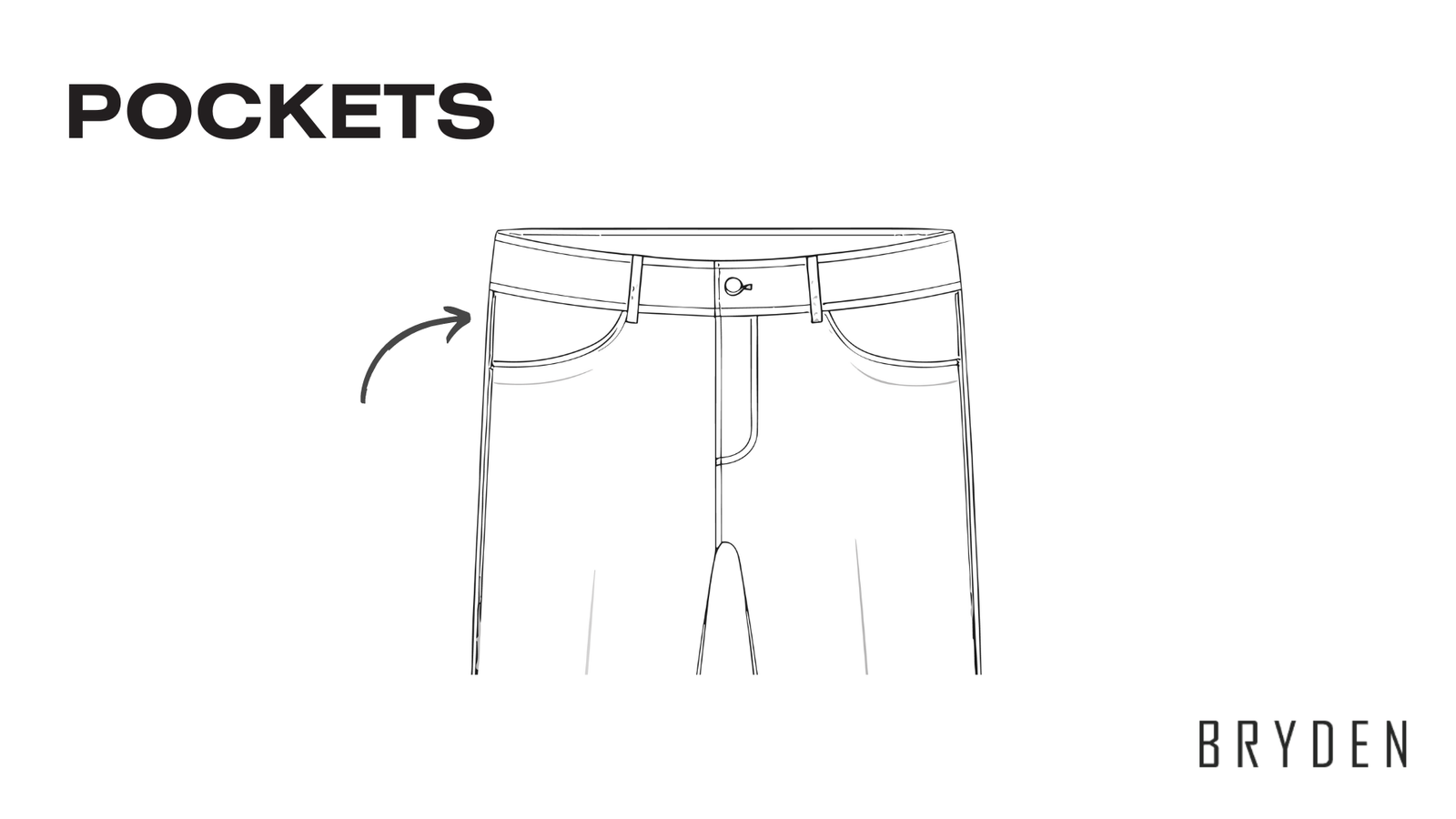
Both front and back pockets offer storage for essentials. The design and placement of pockets can vary depending on the style of the trousers.
-
Leg Opening
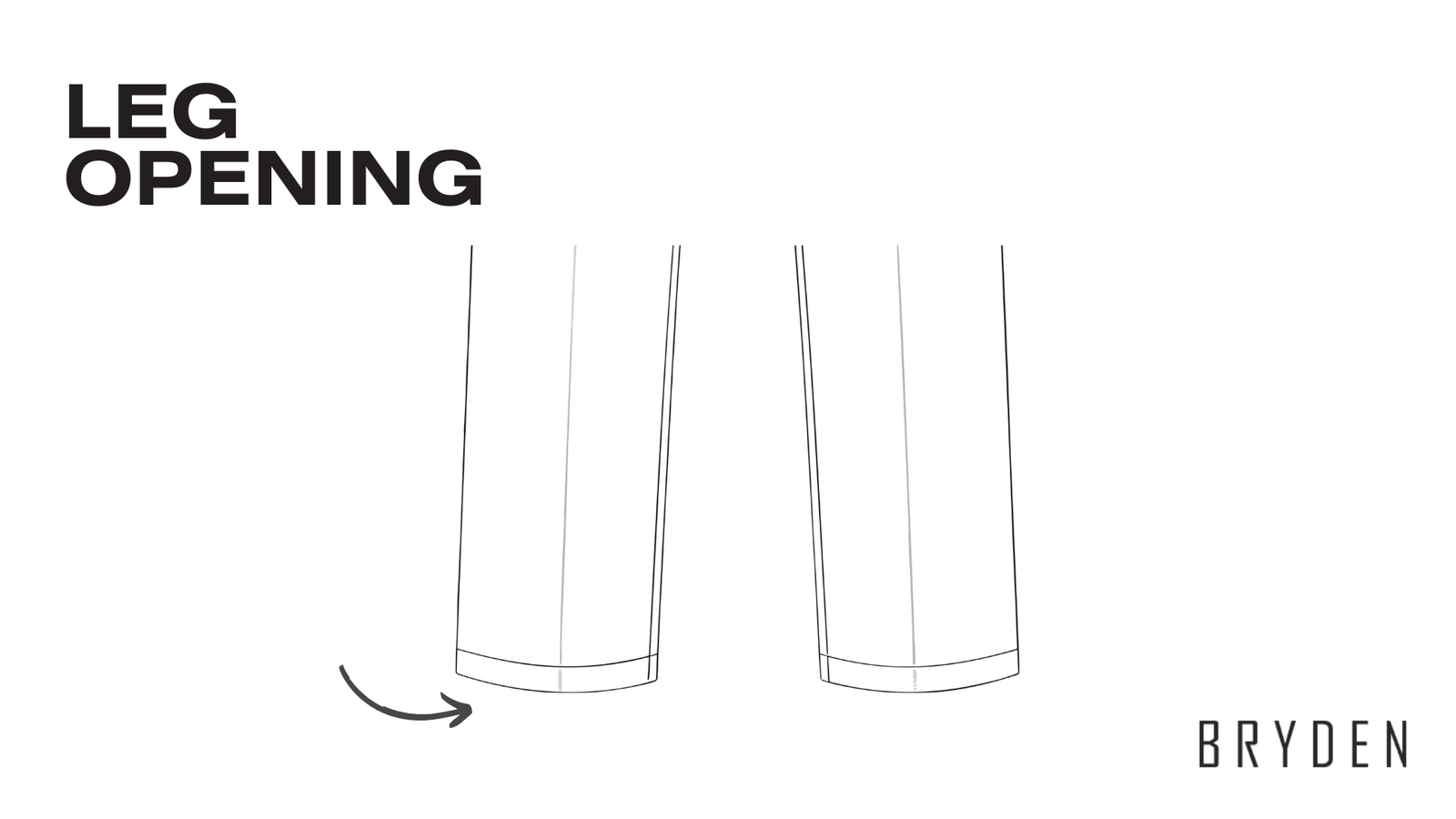
This is the bottom of the trouser leg. The width of the leg opening can influence the overall silhouette of the trousers.
-
Crotch Point
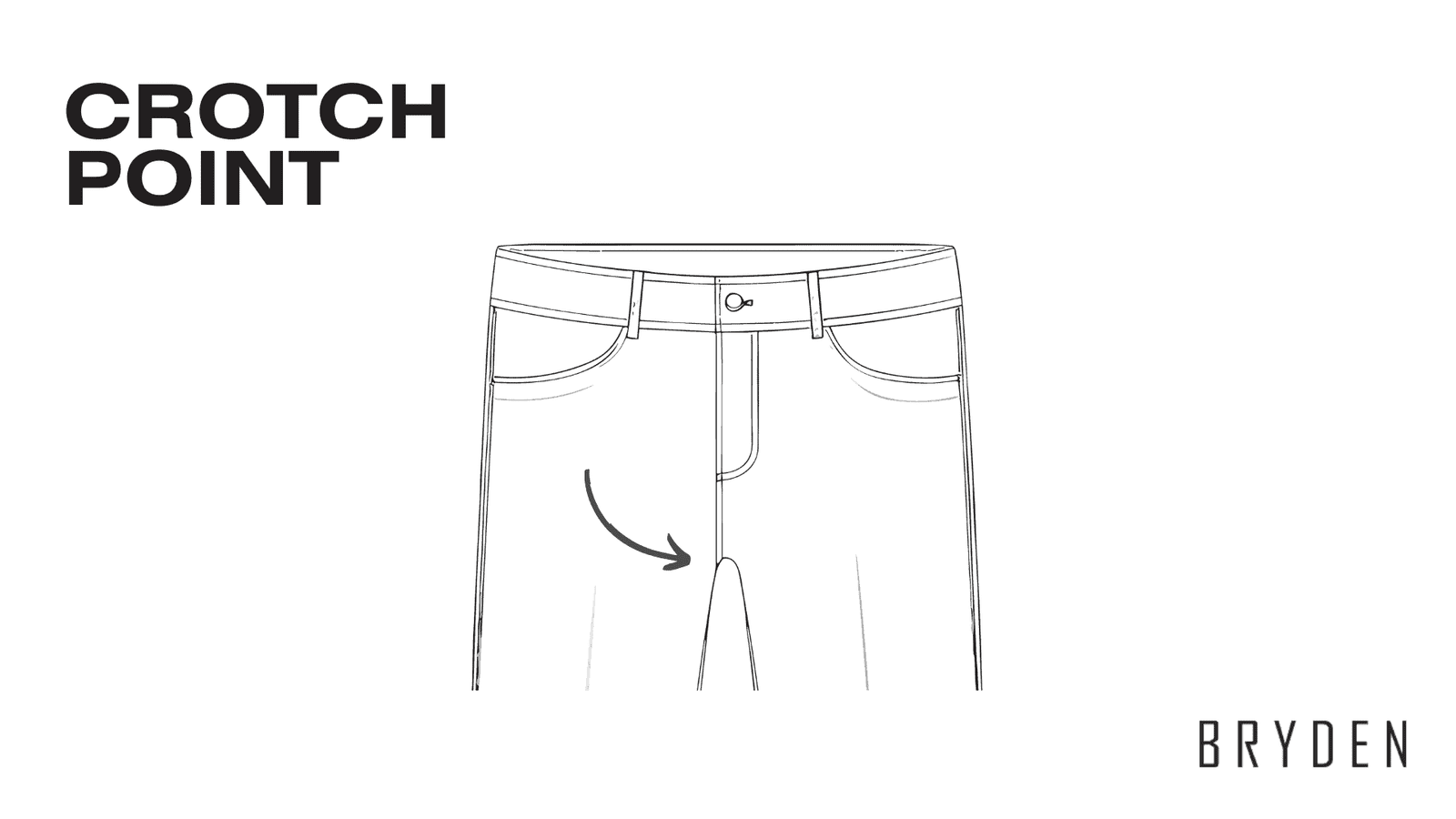
This is the meeting point of the front and back leg seams. A well-constructed crotch point allows for comfortable movement.
-
Belt Loops

These sewn loops on the waistband allow you to wear a belt for a more secure and adjustable fit.
-
Fly
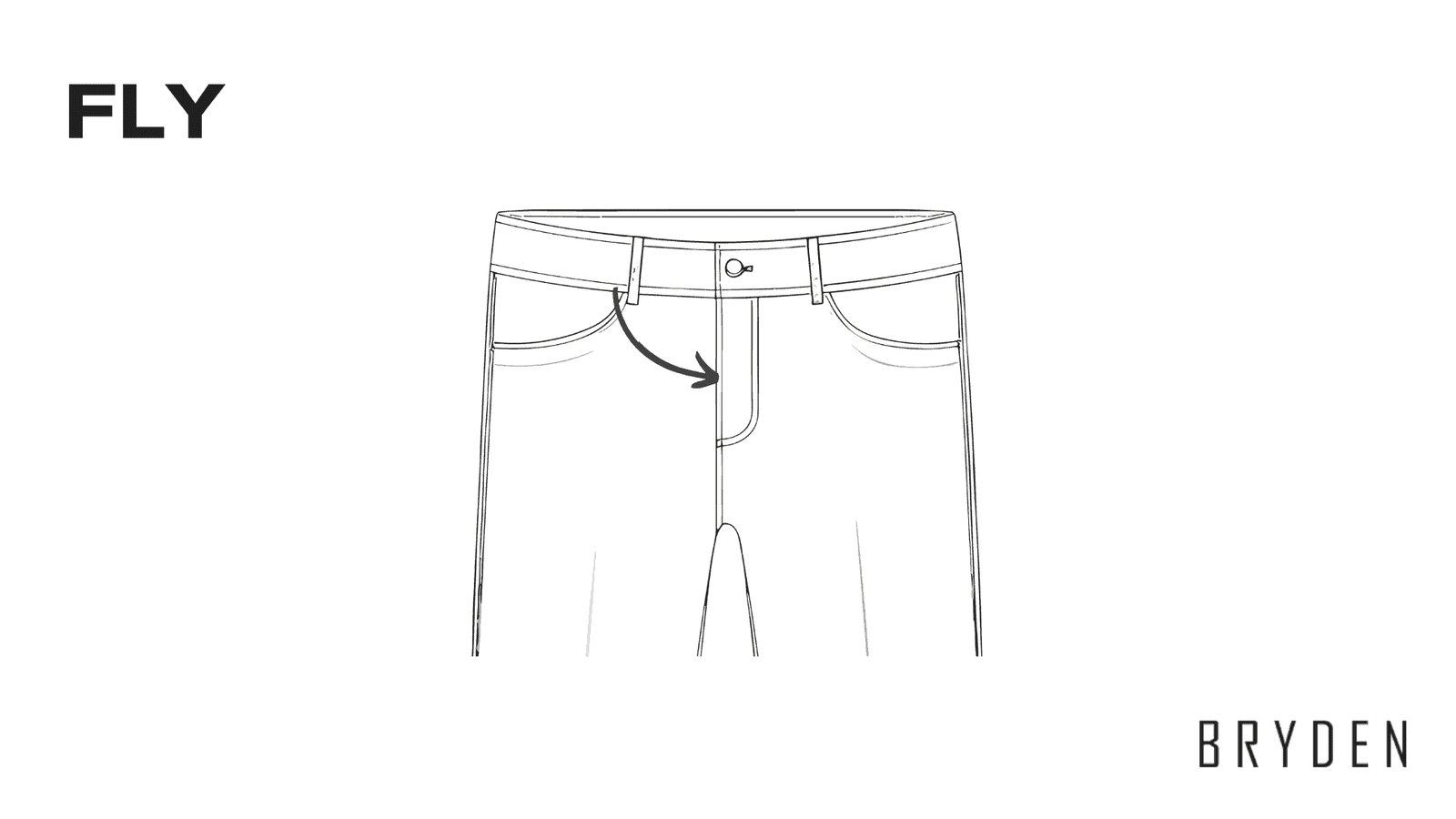
This is a panel that covers the front opening of the trousers. It can be zippered or buttoned depending on the style.
-
Zipper
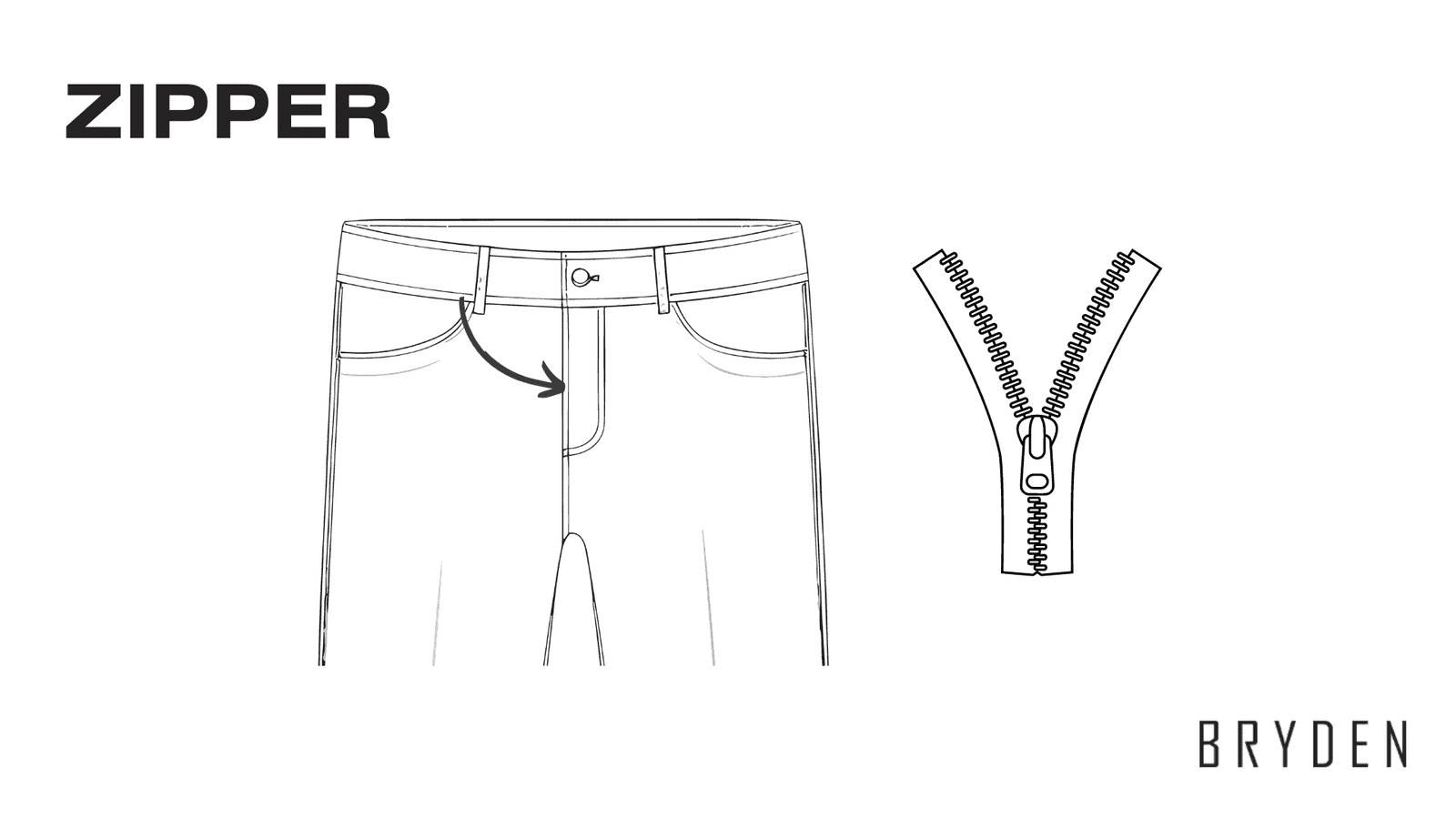
This closure allows for easy on and off.
-
Button
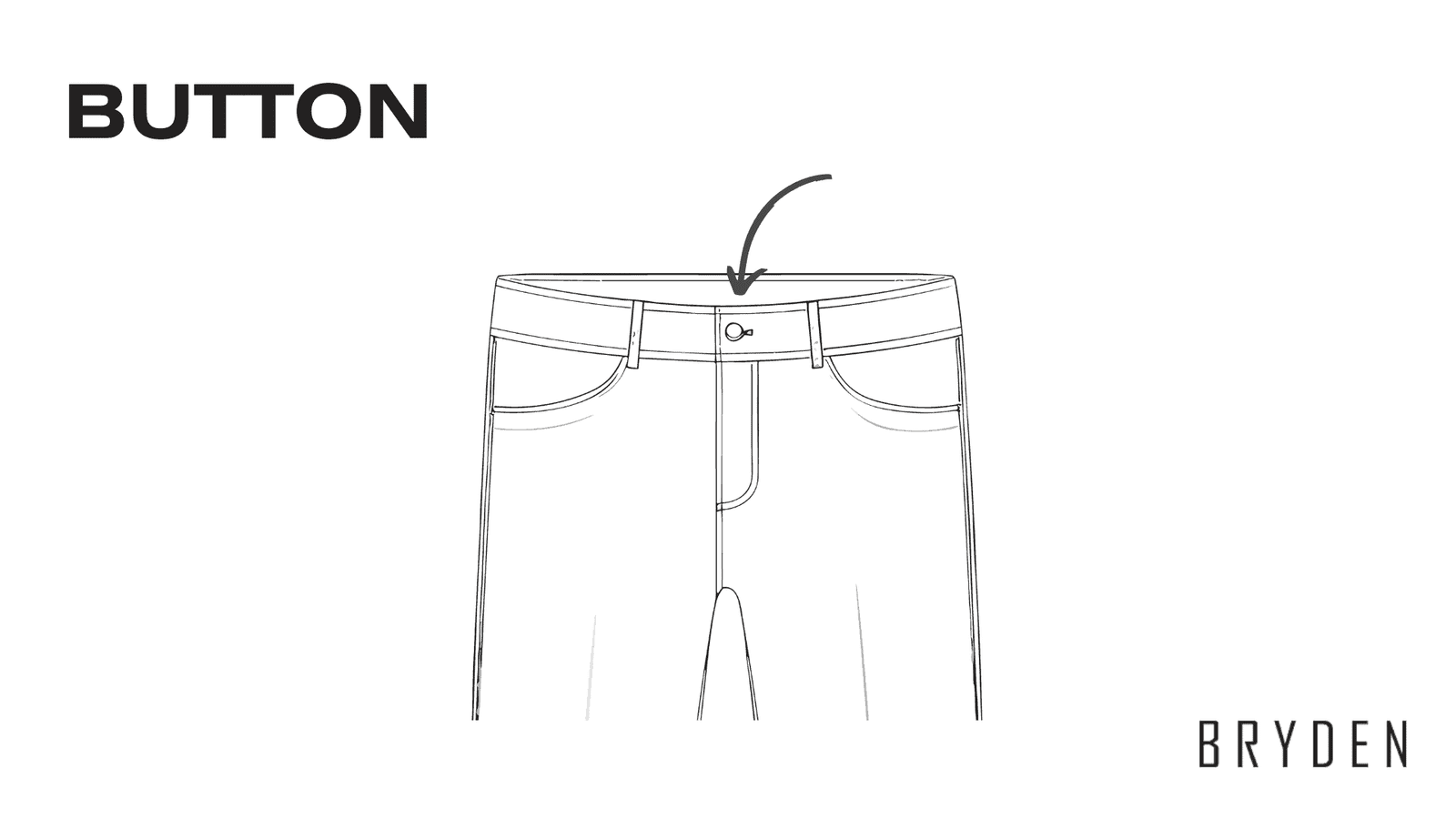
Buttons can be used for closures or as decorative accents.
Knowing these details is important to ensure the comfort, functionality, and overall style of their trousers.
Choosing quality fabrics

The fabric is the foundation of any great pair of trousers. A trouser manufacturer works closely with designers to select the perfect material for each design. Here are some of the most common fabrics used for casual trousers:
-
Cotton Twill
A durable and versatile fabric, cotton twill is a popular choice for chinos and other casual trousers.
-
Gabardine
This tightly woven fabric offers a smooth surface and excellent drape, making it a good choice for more tailored trousers.
-
Corduroy
This soft and textured fabric adds warmth and style to your wardrobe, perfect for cooler weather.
-
Denim
A timeless classic, denim is a sturdy and versatile fabric perfect for jeans and other casual styles.
-
Linen
Lightweight and breathable, linen is a great choice for summer trousers, offering a cool and comfortable feel.
-
Wool
A warm and luxurious fabric, wool can be used for more formal or dressy casual trousers.
The choice of fabric depends on the desired style, functionality, and season. Working with a knowledgeable trouser manufacturer allows designers to explore a variety of fabric options to create the perfect pair of trousers for their target audience.
Pattern-making and cutting
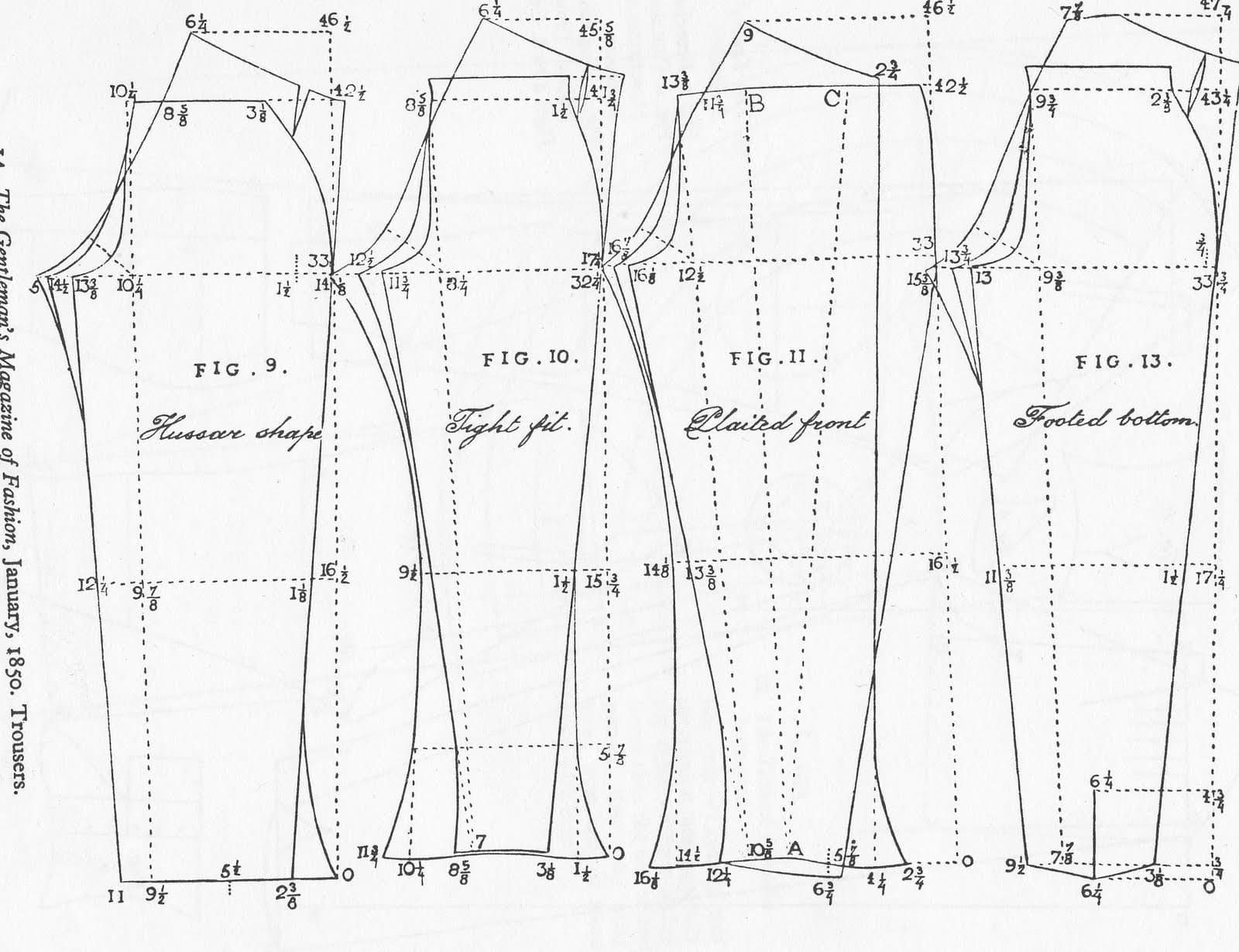
Source: A Tailor Made It
The magic truly begins with the pattern. It’s the foundation for creating comfortable and stylish trousers. Pattern makers meticulously translate a designer’s vision into a precise blueprint that considers several key factors:
-
Body Measurements
Accurate size charts or specific measurements provided by the designer ensure a perfect fit for a wide range of body types.
-
Style Details
Pockets, pleats, waistbands, and other design elements are carefully incorporated into the pattern to achieve the desired look and functionality.
-
Fabric Type
The weight, drape, and stretch of the fabric all play a role in how the trousers will move and hang. The pattern makers have expertise in working with various fabrics to ensure a flawless final product.
With the blueprint complete, the fabric comes to life. There are two options for achieving the perfect cut:
1. Traditional Craftsmanship
Manufacturers meticulously cut the fabric pieces using sharp shears and guided by the pattern. This time-tested method ensures precision and quality.

Source: Start Sewing
2. Modern Technology
For high-volume production, trouser manufacturers leverage laser cutting technology. This cutting-edge approach guarantees precise shapes, minimizes fabric waste, and maintains consistent quality throughout large batches.
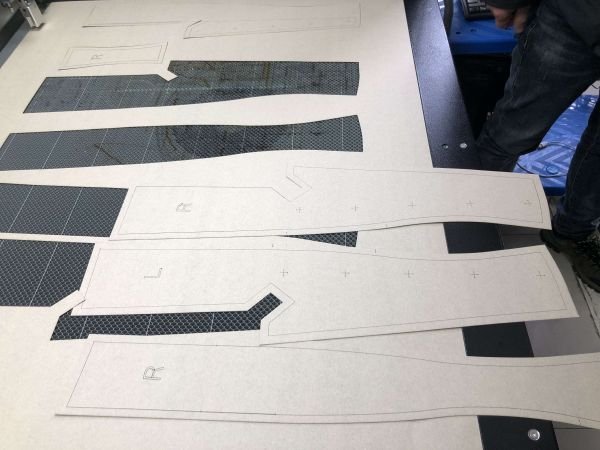
Source: KASU Laser
No matter the method, precise cutting is crucial for creating comfortable and stylish trousers. It allows for consistent quality and reduces errors throughout the manufacturing process.
Pattern Making (How to with samples)
While the trouser manufacturers handle the intricate details of pattern making for production, understanding some basic pattern types can be helpful for designers collaborating with us. Here are a few popular casual trouser patterns:
1. Tied-Paperbag Trouser
This comfy-chic style features a high, cinched waist created by a tie or sash. The pattern for these trousers includes a higher waistline than standard trousers and additional fabric around the waist to accommodate the tie. To achieve a flattering drape, we often use fabrics with a nice drape, like rayon or challis.

Source: M.Müller & Sohn
2. Pleated Trouser
Pleated trousers offer a classic and polished look. The pattern for these trousers incorporates folds at the front waistband, adding a touch of formality. For a crisp and structured look, we typically use fabrics that hold their shape well, like cotton twill or wool blends.
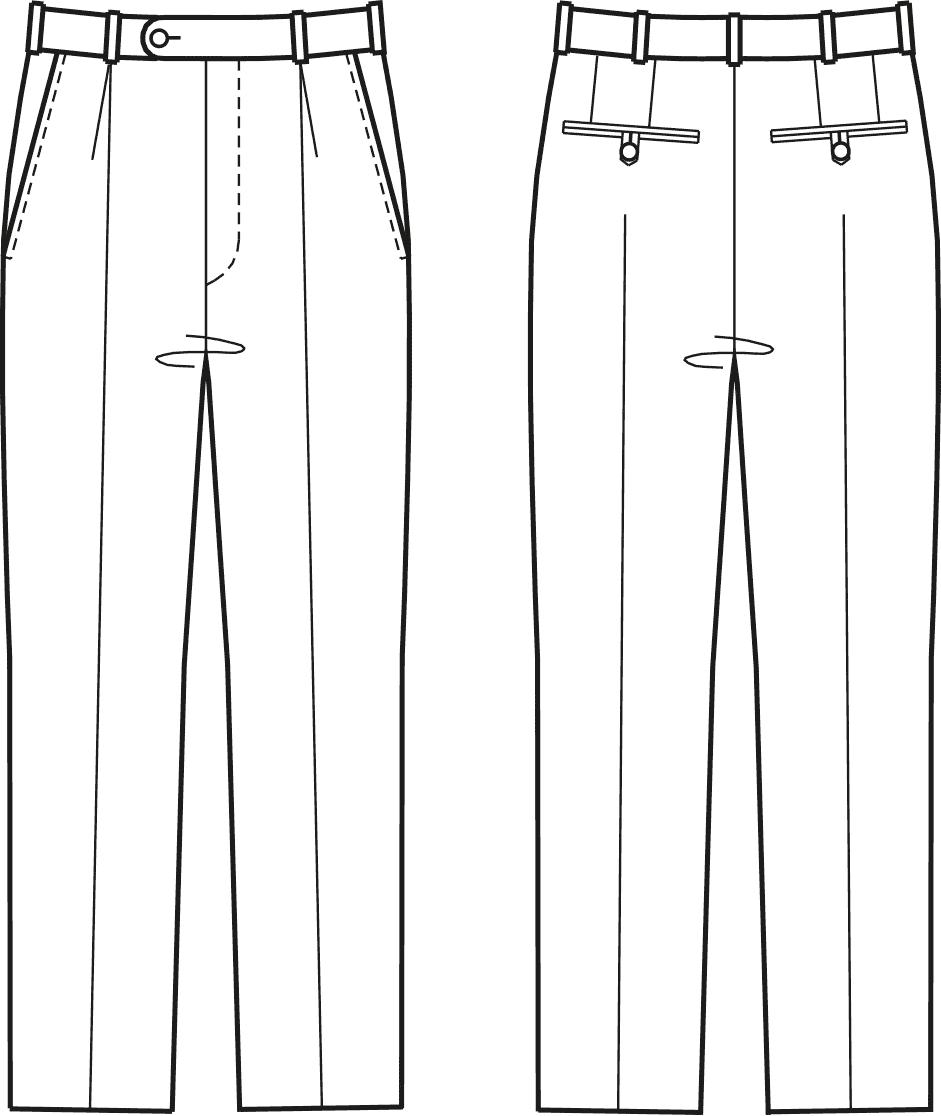
Source: M.Müller & Sohn
These are just a few examples, and the possibilities are endless! When working with a manufacturer, designers can provide sketches or photos that will translate that vision into a technical pattern suitable for production.
Marking tips for cutting patterns on fabric
Meticulous marking on the fabric is essential. This ensures the pattern is transferred accurately and translates perfectly into the final garment. To achieve precise marking, manufacturers uses a combination of these techniques:
-
Fabric Choice
The fabric type dictates the marking tool. For lighter fabrics, chalk works well, while fabric markers are used for darker materials. We ensure compatibility to avoid any staining or damage to the fabric.
-
Double-Checking Measurements
Accuracy is paramount. We meticulously re-check all pattern measurements before transferring them to the fabric. Even small mistakes can throw off the fit of the final garment.
-
Secure Pinning and Cutting
Pattern pieces are securely pinned to the fabric, ensuring perfect alignment with the grain line (the fabric’s straight thread). Skilled technicians then carefully cut around the pattern edges for clean and precise shapes.
-
Notches and Clips
Notches and clips are marked on the seam allowances as instructed by the pattern. These markings serve as guides during the assembly process, ensuring smooth and accurate construction.
Implementing these meticulous marking techniques guarantees the integrity of the pattern transfer and set the stage for flawless trouser creation.
Cutting and Sewing in Trouser Manufacturing
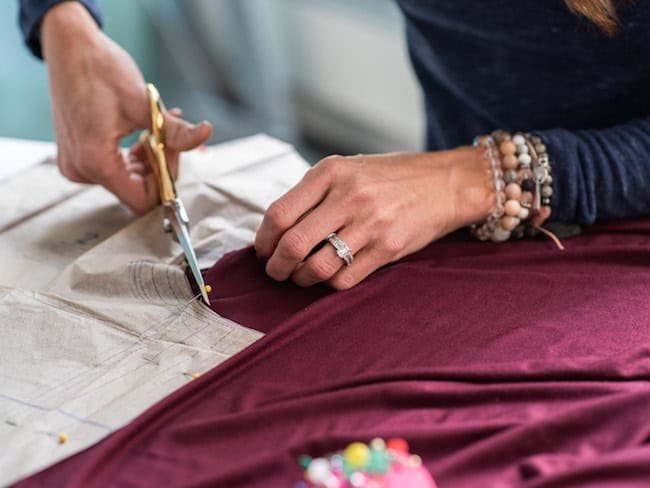
Source: Craftsy
The carefully crafted pattern then takes center stage. In the cutting room, they will transform the fabric into the building blocks of your casual trousers. Specialized equipment ensures precise cuts, guaranteeing a perfect fit when the pieces come together.
Then, the action moves to the sewing room. Experienced sewers use specialized machines for different seams and functions, meticulously stitching the fabric pieces into a three-dimensional garment. Strong seams and neat finishes are key, along with close attention to pockets, zippers, and waistbands. This seamless transformation from flat fabric to a finished pair of trousers showcases the expertise of our team.
How to Cut the Casual Trouser
The cutting process meticulously lays the groundwork for perfectly fitting trousers. Each step plays a crucial role:
-
Precision Patterning
The pattern pieces are carefully placed on the fabric, ensuring efficient use of the material. Each piece needs to fit together with minimal waste to minimize leftover fabric.
-
Sharp Cuts, Clean Seams
Depending on production needs, either sharp shears or laser cutting technology create clean and precise cuts. This precision ensures smooth seams and contributes to a polished final product.
-
Marking guides
Markings like notches and clips are placed on the fabric throughout the cutting process. These markings act as a guide, ensuring accurate seam allowances. Accurate seam allowances are essential for a comfortable and well-fitting final trouser.
-
Quality Check
Once cut, each piece undergoes a final quality check. This ensures all pieces are defect-free and ready for the next stage: sewing them together to create your comfortable and stylish casual trousers.
This meticulous attention to detail in the cutting process ensures each trouser piece fits together seamlessly during sewing, ultimately resulting in a pair of perfect casual trousers.
Different Types of Seams for Trouser
With the fabric transformed into individual pieces, the sewing room takes over. As a trouser manufacturer, we understand that the type of seam used can affect the look and feel of your final garment. Here are some popular seam options for creating casual trousers:
1. Flat Felled Seam
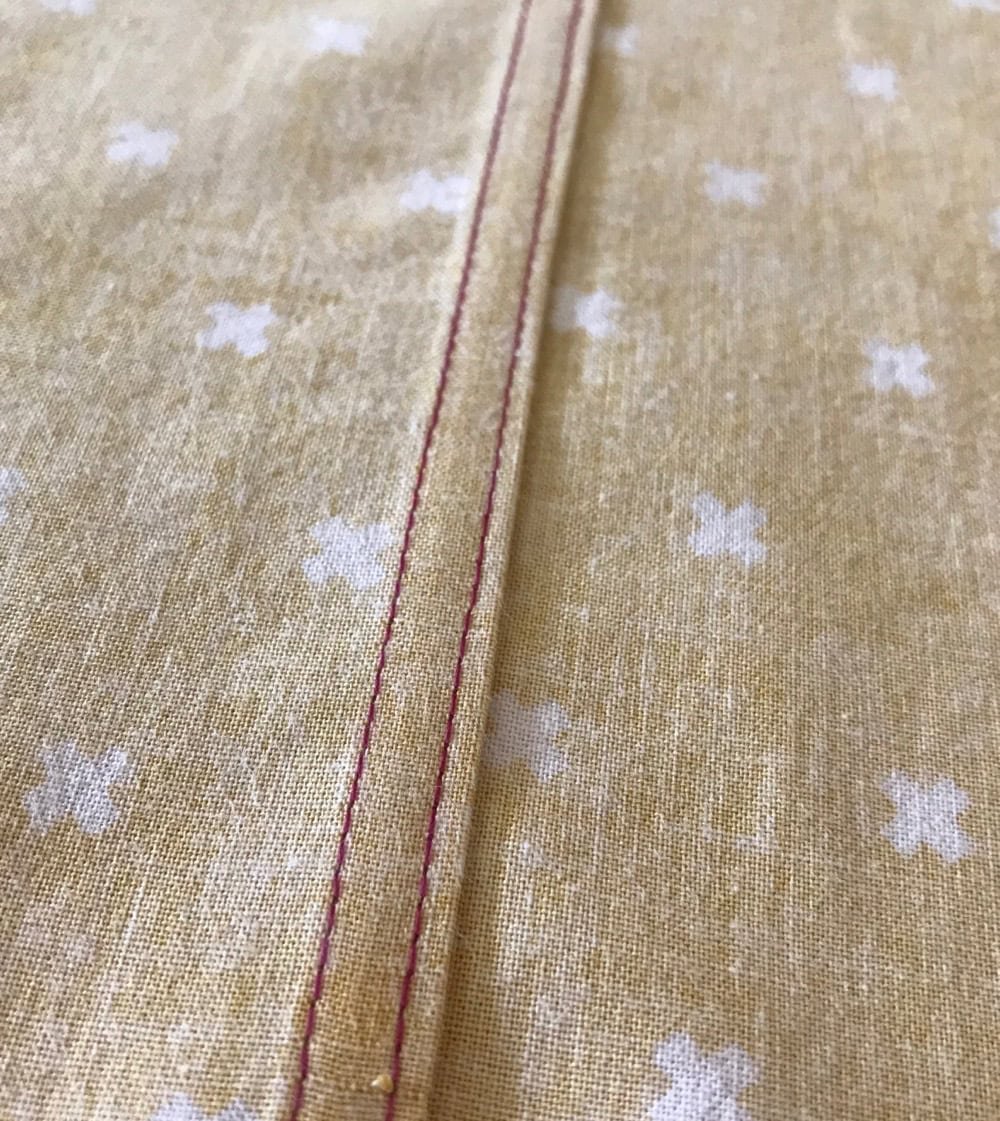
Source: Itch to Stitch
This strong and secure seam features edges folded inwards and stitched flat. It creates a clean and polished look, perfect for everyday wear.
2. Welt Seam
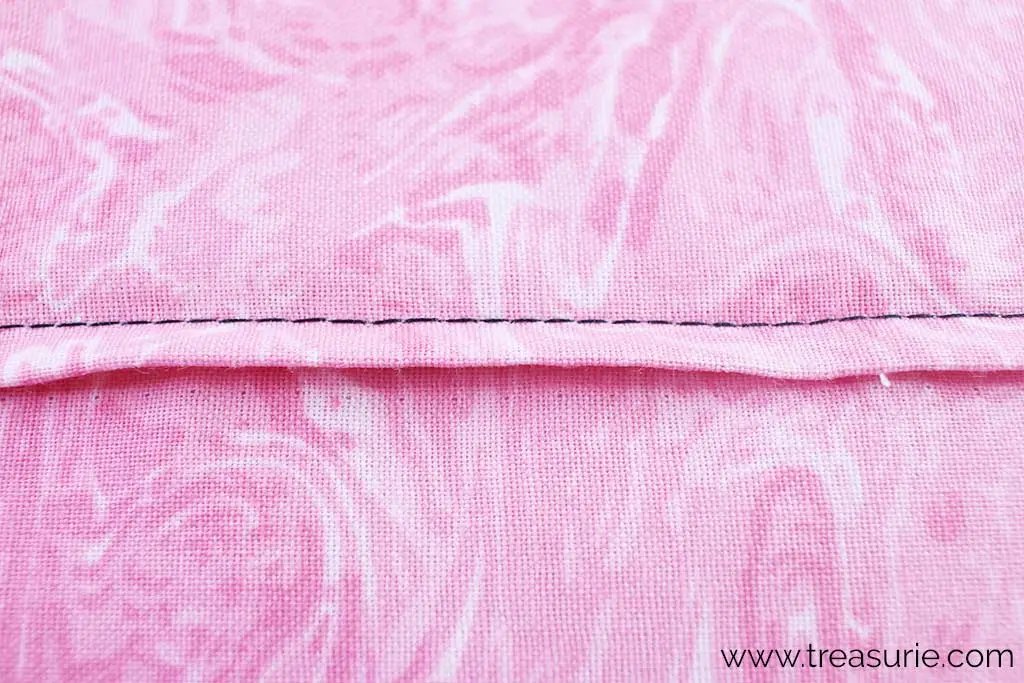
Source: Treasurie
A welt seam adds a touch of detail and dimension to your trousers. A thin strip of fabric is sandwiched between the two main pieces, creating a raised effect. This seam is often used on pockets and along the leg for a more tailored look.
3. Sandwich Seam
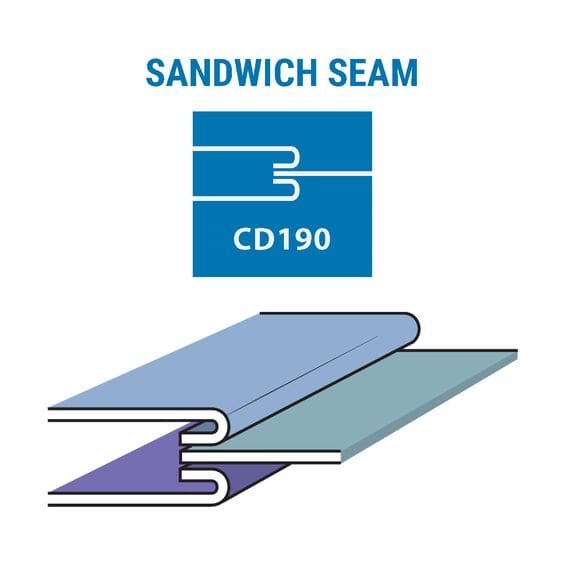
Source: Pinterest
This versatile seam offers a clean finish for areas like waistbands and yokes. Two fabric pieces encase a third piece in the middle, creating a smooth and comfortable feel.
These are just a few examples, and the best seam choice depends on the specific design and fabric.
Measurement Points for Trouser
Getting the right fit is crucial for comfortable and stylish trousers. Focusing on several key body measurements is important to ensure a perfect fit.
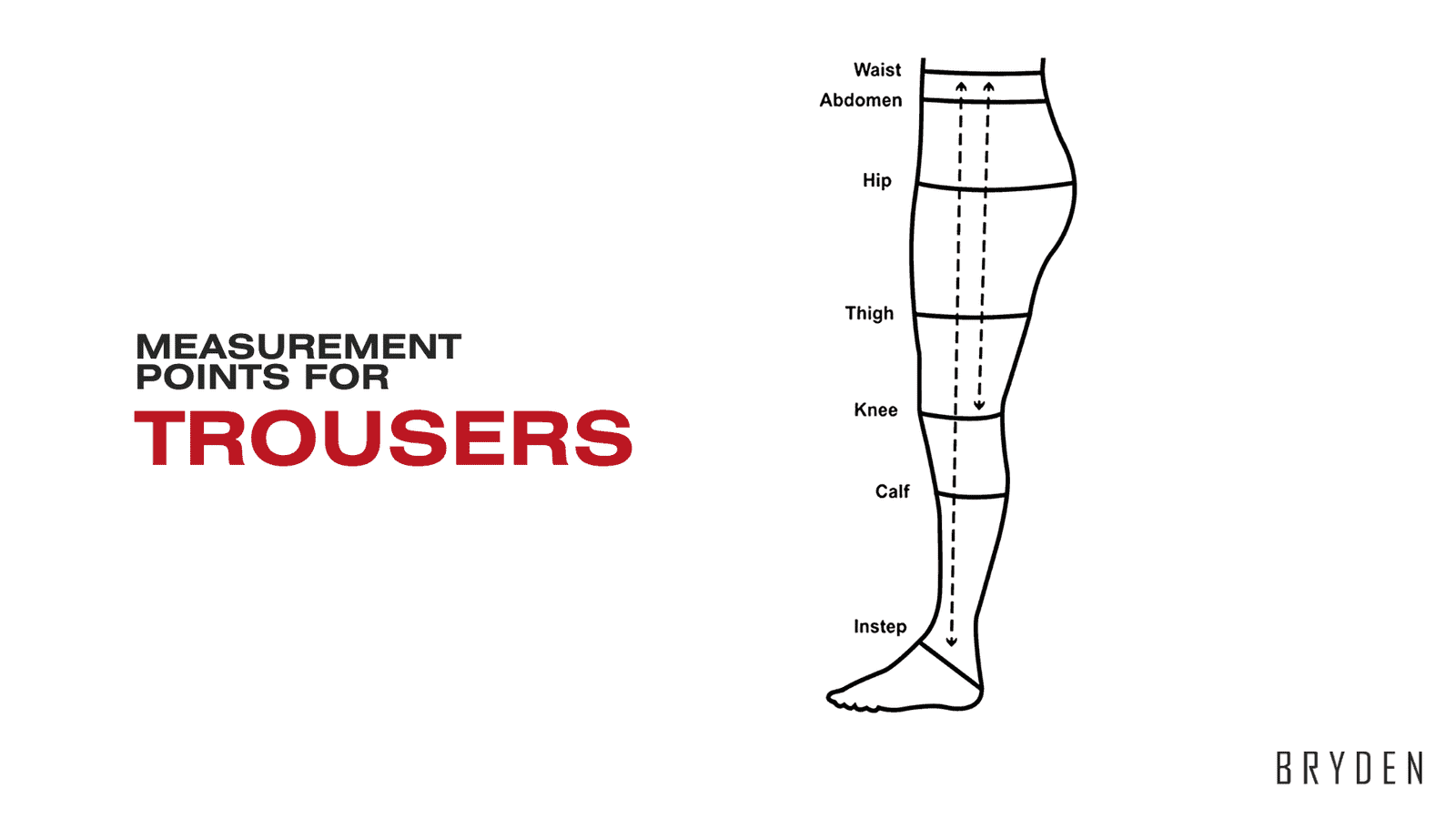
1. Waist
This measurement around the narrowest part of your torso determines the fit at the top of the trousers. Imagine taking a comfortable breath – there should be enough space to do so easily without the waistband constricting you.
2. Hips
Measure around the fullest part of your hips for a balance between comfort and style. While baggy trousers can appear sloppy, overly tight ones restrict movement. A good rule of thumb is to ensure you can comfortably slip a few fingers between the tape measure and your body.
3. Thigh
This measurement around the fullest part of your thigh ensures the trousers aren’t too tight or restrictive. Trouser legs should skim the thighs without clinging for a flattering silhouette.
4. Knee
Measure around the middle of your kneecap for proper fit around the leg.
5. Calf
Measure around the widest part of your calf to ensure the trousers fit comfortably without bunching.
6. Instep
This measurement from the arch of your foot to the sole helps determine the proper trouser length. Consider the shoe style you typically wear with the trousers when taking this measurement.
7. Crotch
The distance between the crotch seam and the waistband is crucial for comfort, especially when sitting or moving. Taking this measurement with a friend’s help ensures accuracy. Stand with your legs together, and have them measure from the crotch seam to the waistband where the trousers will sit.
Create casual trousers that flatter your body type by considering these key measurement points. Working with a trouser manufacturer who understands these details can further ensure a perfect fit.
Different Types of Garment Washing for Trousers
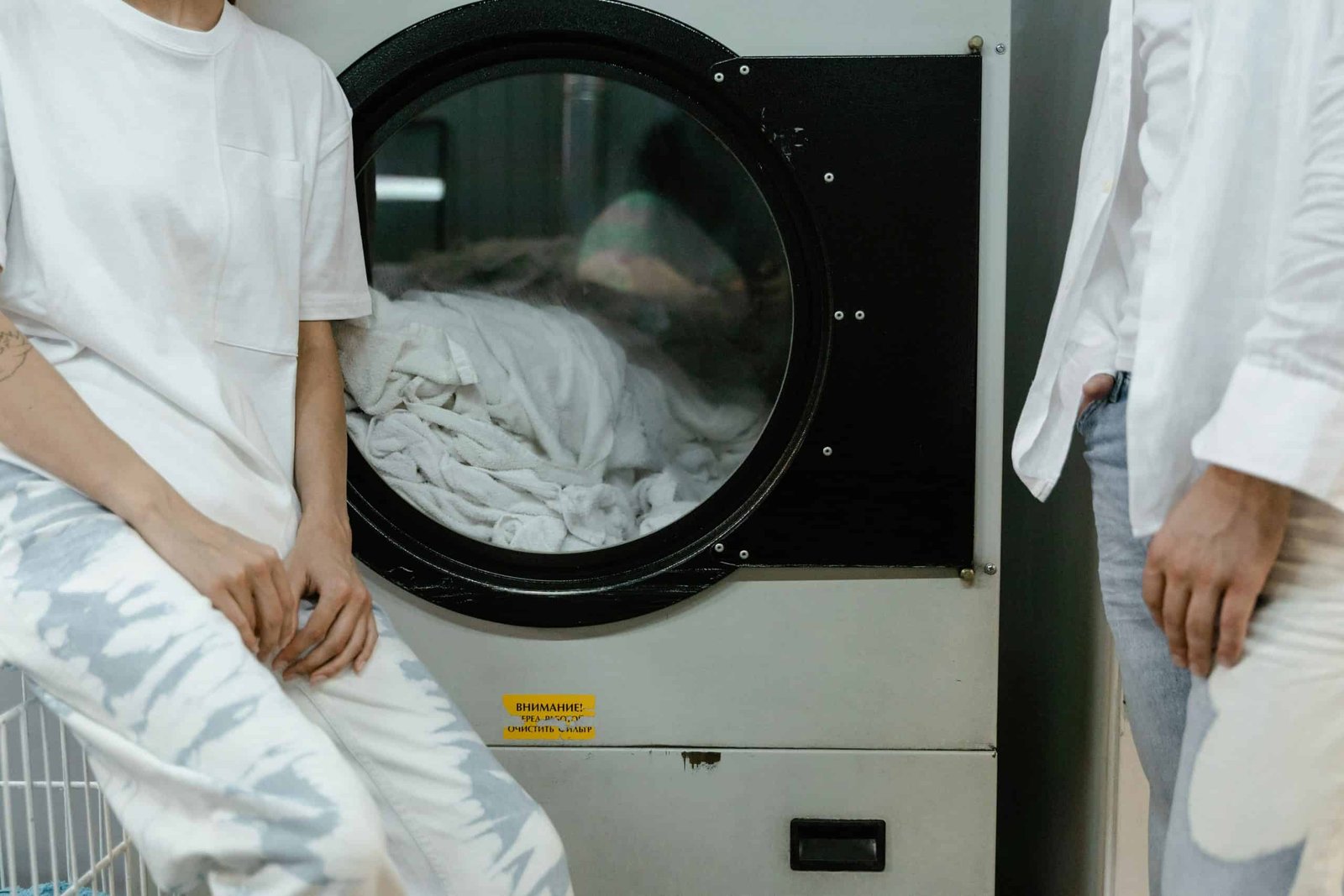
Source: Pexels
Trouser manufacturers understand the importance of creating garments that not only look great but also last. A key factor in achieving this is proper care by the end consumer. We’ll explore different washing methods commonly used for casual trousers and how they can impact your trouser design, along with additional insights to consider:
1. Machine Wash
This is the go-to method for many casual trouser fabrics like cotton chinos or twill. To ensure colorfastness and minimize shrinkage, we recommend washing inside-out with cold water on a gentle cycle, using a mild detergent. Air drying on a rack is ideal to further protect the fabric.
2. Wash and Wear
These trousers are designed for busy lifestyles! Made from wrinkle-resistant fabrics like polyester blends, they can typically handle machine washing with cold water on a gentle cycle and low-heat tumble drying. Always refer to the care label for specific recommendations, as some wash-and-wear fabrics may require line drying.
3. Hand Wash
Delicate fabrics like linen or rayon blends, or trousers with embellishments, may require hand washing. We recommend using cool water and a gentle detergent suitable for delicates. After gently swishing the garment clean, rinse thoroughly with cool water and hang or lay flat to dry away from direct heat.
4. Acid Wash
This technique creates a faded, vintage look on denim trousers. While not recommended for at-home care due to the harsh chemicals involved, some manufacturers offer pre-acid-washed denim for a similar effect.
Moving beyond washing, here are some additional tips to keep your trousers looking their best:
-
Cold Water advantage
Cold water helps prevent colors from bleeding and shrinking. It’s a safe choice for most casual trousers, especially those with vibrant colors or delicate fabrics.
-
Wrinkle Reduction
Air drying or removing trousers from the dryer while slightly damp helps reduce wrinkles. Wrinkle release spray can also be a helpful tool. If ironing is necessary, use a low heat setting and turn the trousers inside out for delicate fabrics.
-
Dealing with Stains
Treat stains promptly! Blot up spills with a clean, absorbent cloth. For tougher stains, check the care label for specific cleaning instructions. If unsure, consult a professional cleaner.
-
The importance of care labels
Always check the care label on your trousers for specific washing instructions. These labels provide information on recommended water temperature, drying method, and any special care needs. Following these guidelines ensures optimal results and avoids damage to the garment.
-
Fabric Matters
The type of fabric used in your trousers significantly impacts the ideal washing method. Cotton and linen can handle more vigorous washing, while delicate fabrics like silk require gentler care. We recommend researching the specific care needs of different fabrics before including them in your designs.
To prevent your trousers from getting damaged, here are some simple yet effective preventative care tips:
-
Turn Trousers Inside Out
This simple step helps protect the outer fabric from fading and wear during washing. It’s especially important for dark-colored trousers.
-
Fasten Zippers and Buttons
This prevents snags and tears on other garments in the wash. It also helps zippers and buttons stay securely attached to your trousers.
-
Separate Colors
Wash dark colors separately from light colors to prevent bleeding. This is especially important for the first few washes of new trousers.
Understanding these care considerations can create high-quality casual trousers that will look their best for years to come. Remember, proper care extends the life of your garments, ultimately maximizing customer satisfaction and brand loyalty. A trouser manufacturer is committed to providing you with the information and resources needed to create exceptional trousers that stand the test of time.
Quality control measures
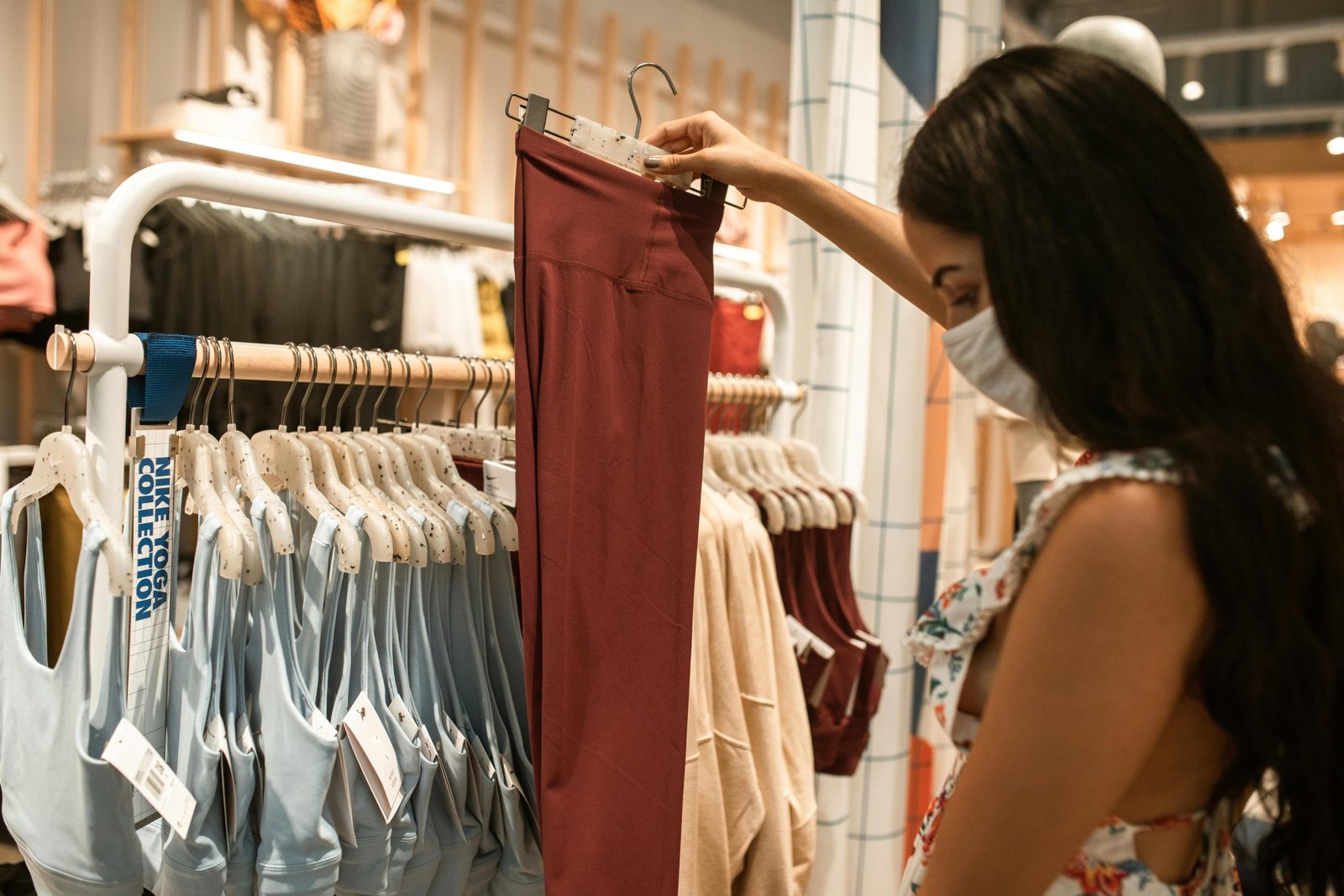
Source: Pinterest
Getting the size and fit just right is the top priority of every trouser manufacturer. Here’s how manufacturers ensure that every pair meets high standards:
-
Sample Garments
Before bulk production begins, we create sample trousers in every size. A dedicated team meticulously checks these samples for any discrepancies in fit or size. This ensures the pattern translates perfectly from the design to the finished product.
-
Measurements Matter
We double-check all measurements throughout the manufacturing process. From cutting fabric to sewing seams, constant vigilance ensures the finished trousers match the size chart exactly. There’s no room for error!
-
Fabric Inspection
Our fabric undergoes rigorous inspection before cutting. We look for any imperfections like holes, tears, or uneven color. Only flawless fabric is used in your trousers.
-
Fit Model Testing
Fit models representing a range of body types try on trousers from each size. This allows us to identify and address any fit issues before production ramps up. Do the trousers hug the curves comfortably? Does the waistband sit at the right height? Fit models help us answer these questions and ensure a flattering fit for everyone.
-
Seam Perfection
Trained inspectors meticulously examine every seam for strength and smoothness. Uneven stitching or weak seams can compromise the look and feel of the trousers. We ensure every seam is flawless and built to last.
-
Defect Detection
With a keen eye, inspectors examine the finished trousers for any defects. This includes checking for loose threads, uneven dyeing, or missed stitches. Only perfect trousers move on to packaging.
Taking these comprehensive steps can guarantee that every pair of trousers you receive is not only perfectly sized but also free of defects and built to last.
Packaging and branding
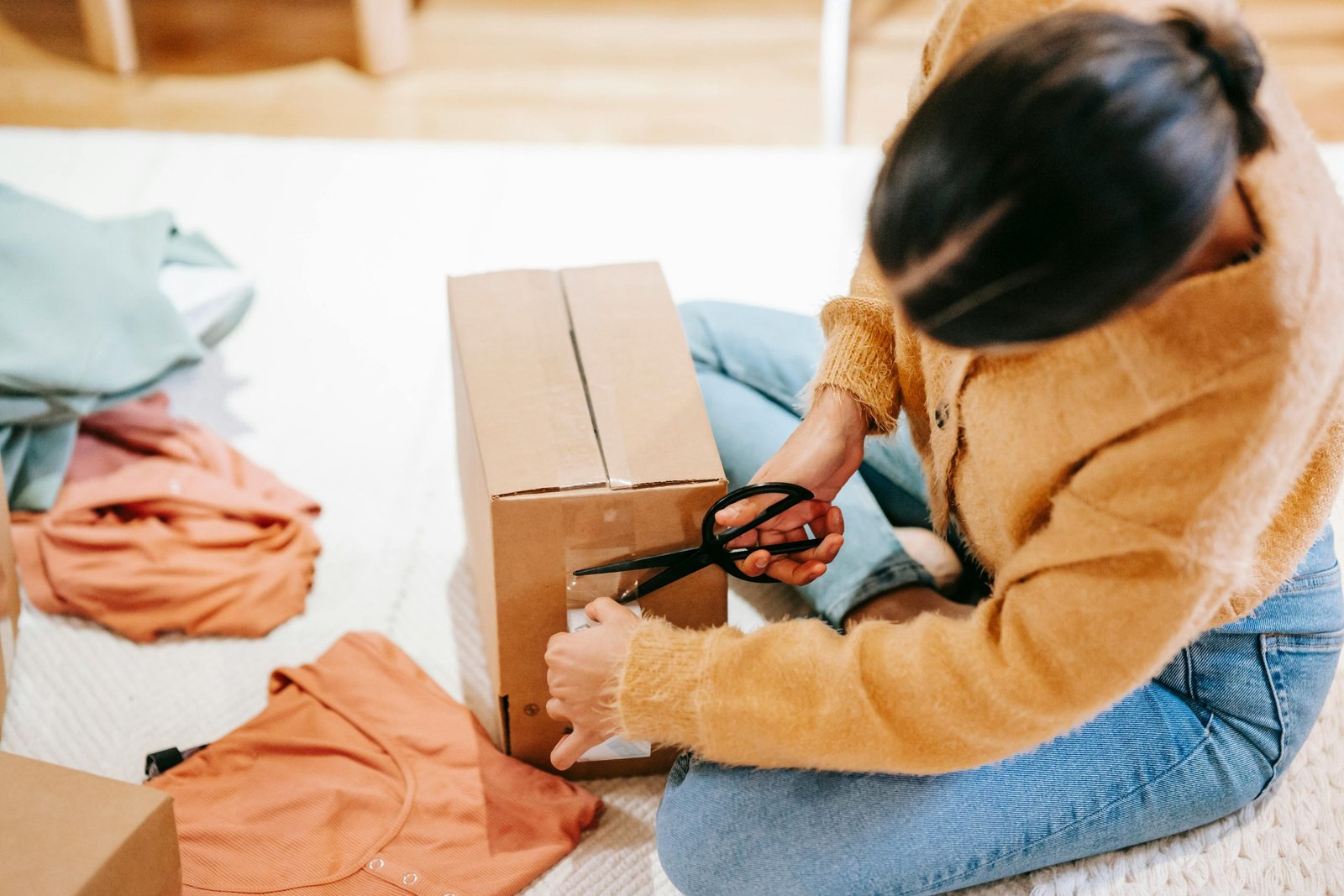
Source: Pinterest
Once your trousers are meticulously manufactured and inspected, it’s time for packaging and branding, the final touches that elevate your customer experience!
-
Labeling and Tags
We attach informative care labels to each pair of trousers, providing clear washing instructions to ensure your customers can keep their new favorites looking great. Eye-catching brand tags are also added, telling your brand story and adding a touch of personality.
-
Packaging Options
We understand that presentation matters! Manufacturers can offer a variety of packaging options to suit your needs. Choose from simple poly bags for a cost-effective solution, or opt for custom-designed boxes that reflect your brand identity and create a memorable unboxing experience for your customers. These small touches can make a big difference and build brand loyalty.
High-quality packaging protects the trousers during shipping and creates a positive first impression for your customers. Manufacturers work closely with you to choose the perfect packaging solution that complements your brand and elevates your product.
Conclusion
A trouser manufacturer understands the importance of creating high-quality, perfectly fitting trousers for your clothing line. From a wide range of fabrics and patterns to meticulous quality control measures and personalized branding options, manufacturers offer everything you need to bring your trouser designs to life.
Finding a trusted trouser manufacturer can be a challenge, especially for startups. Working with a manufacturer who has expertise in fit, construction, and branding ensures your trousers not only look great but also last.
So, for designers or fashion brand owners looking for a trusted partner in casual trouser manufacturing, contact us today! Let’s collaborate and turn your trouser vision into a reality.
![]()
![]()

